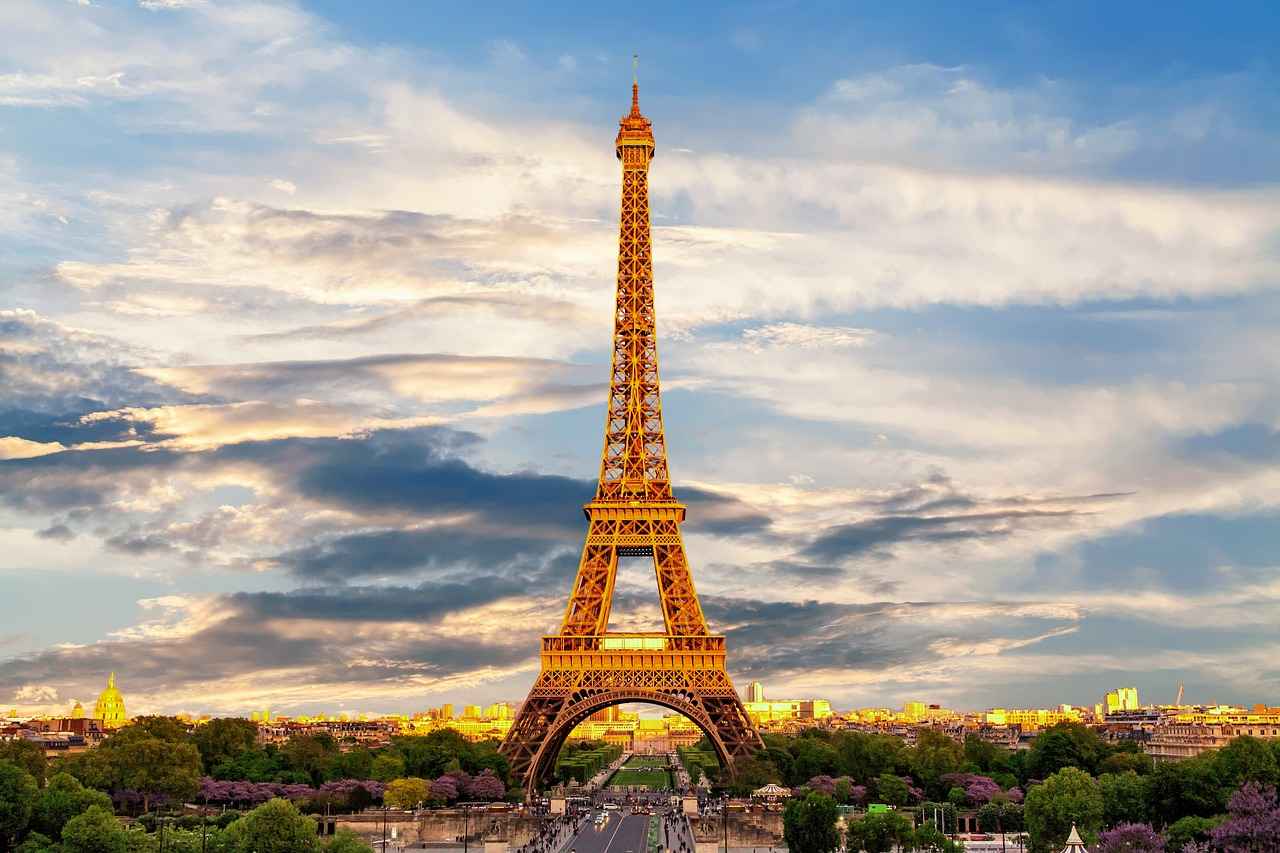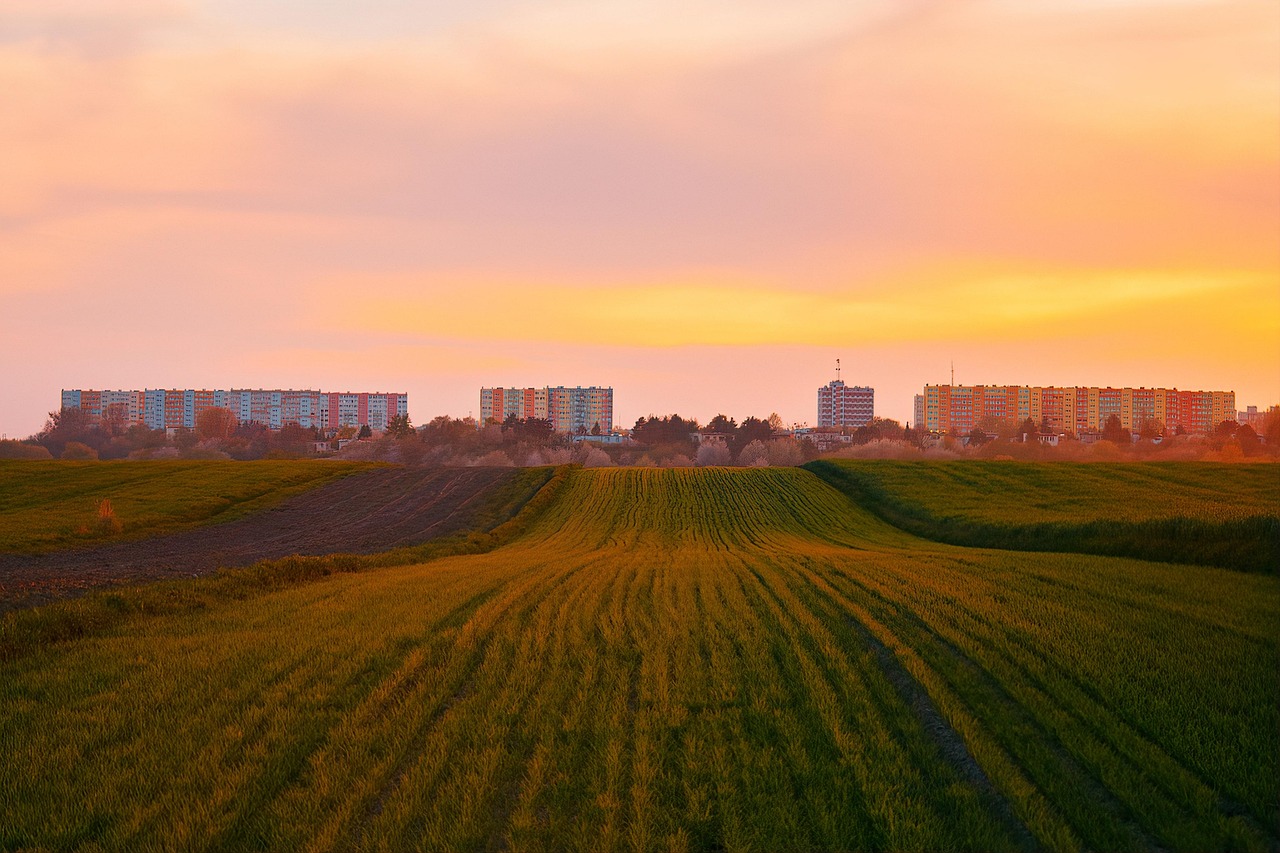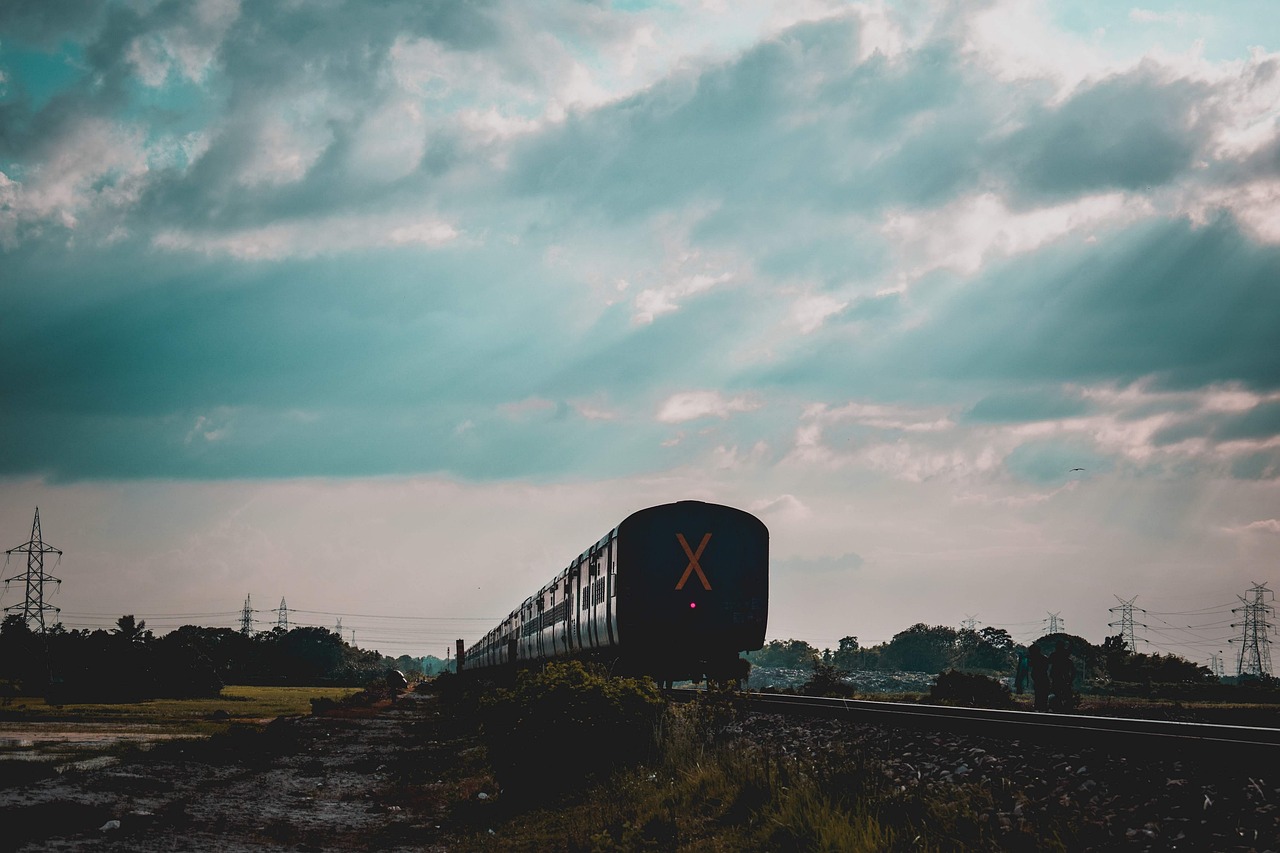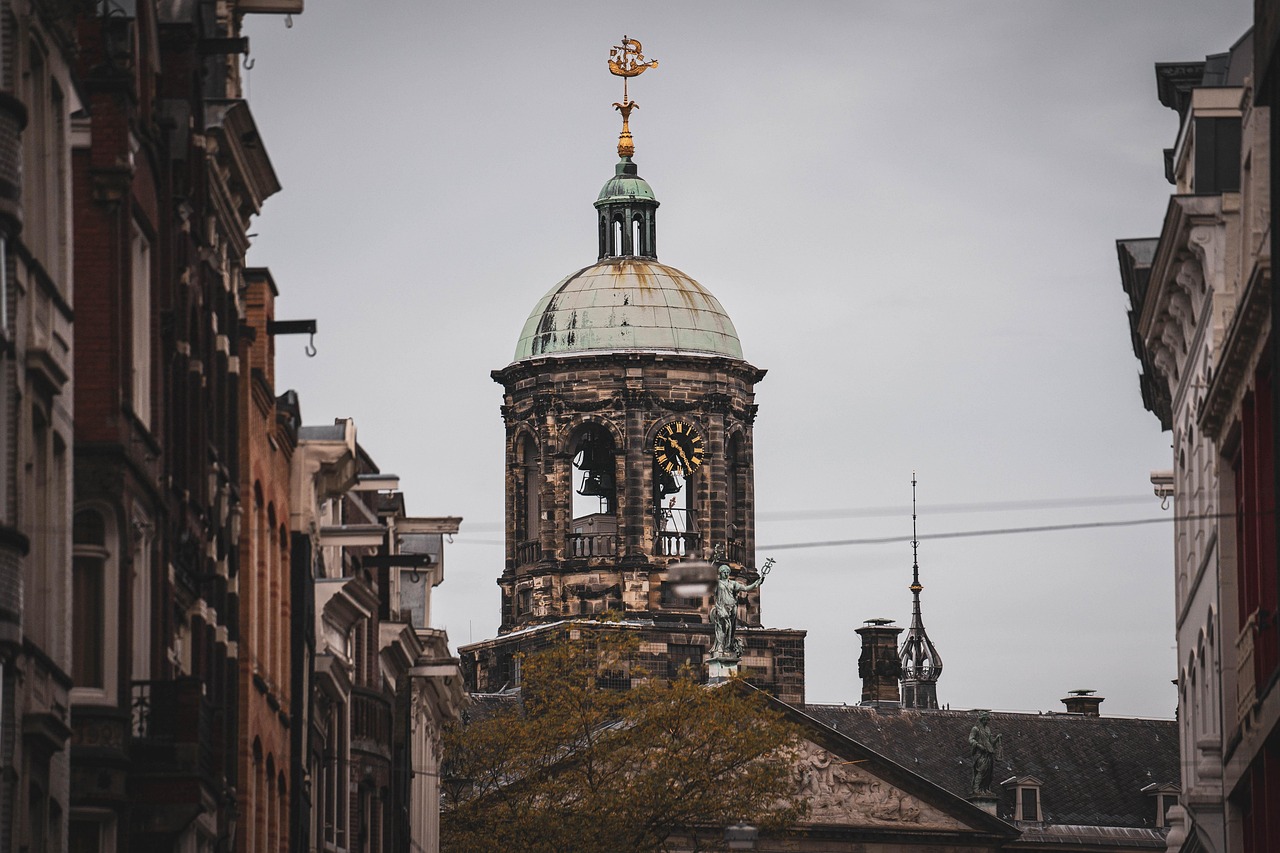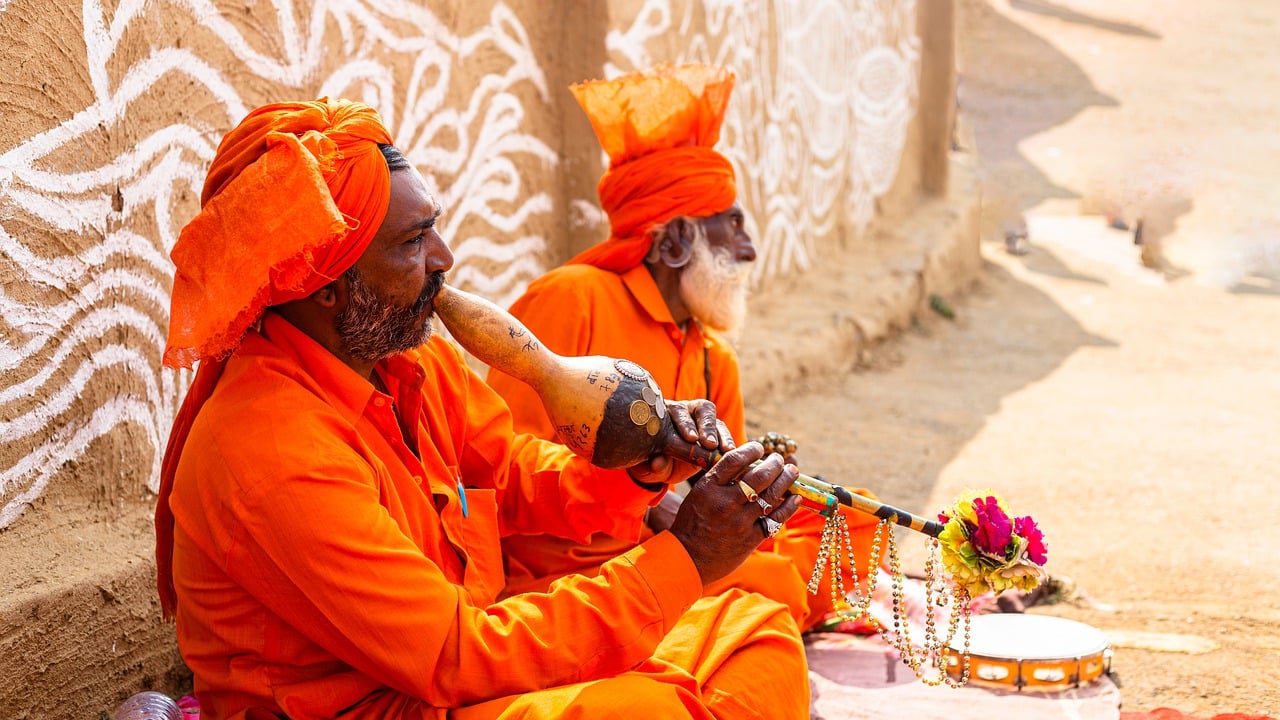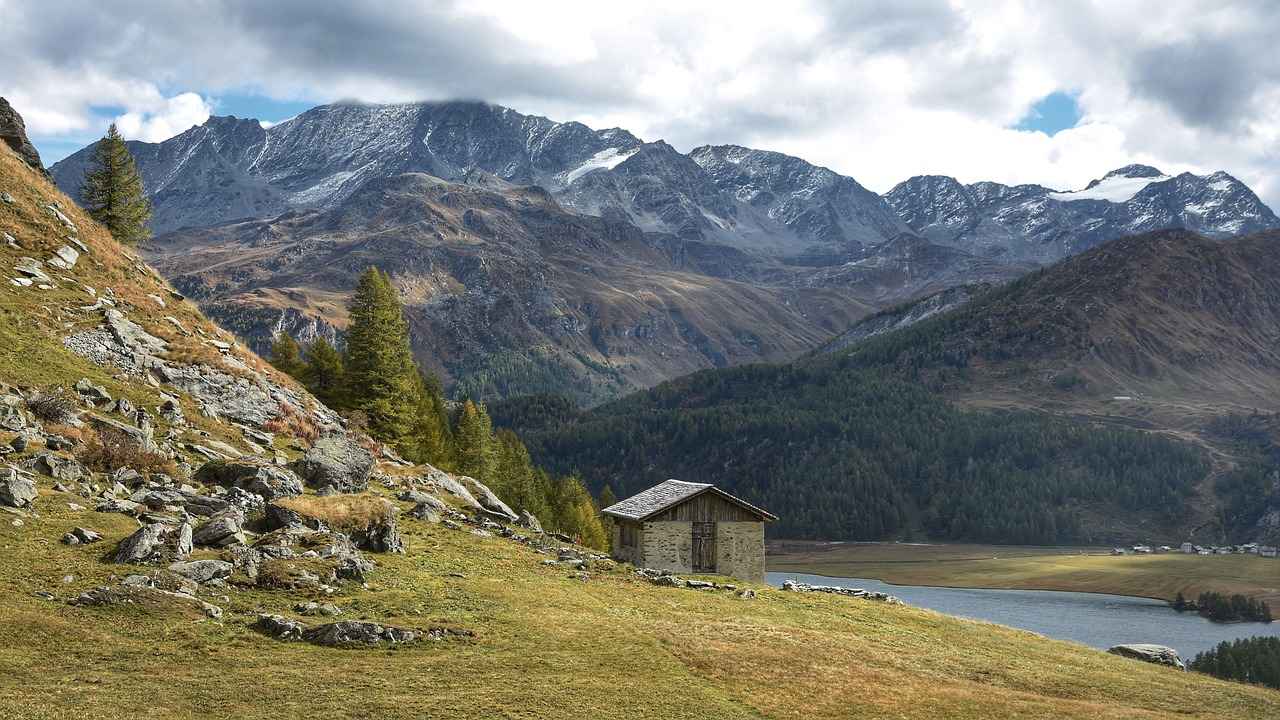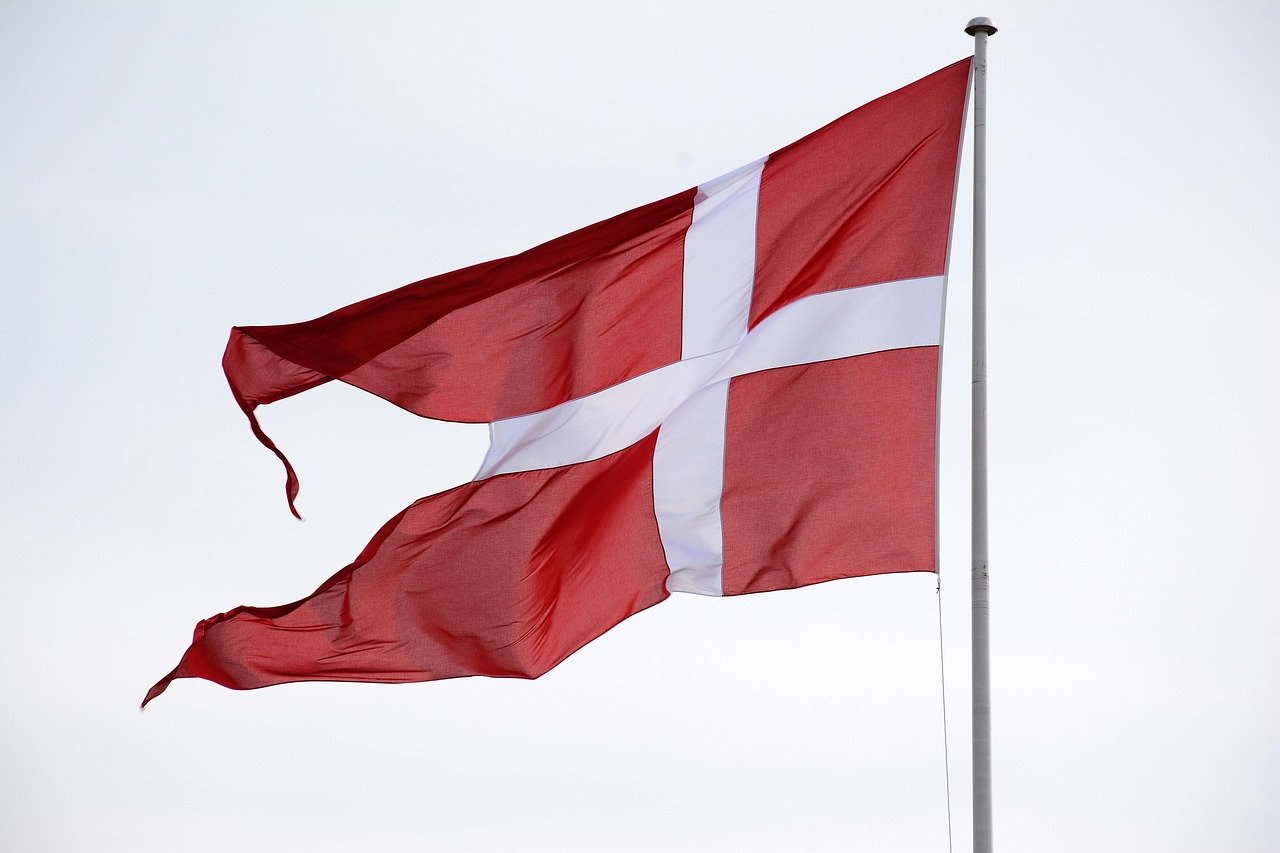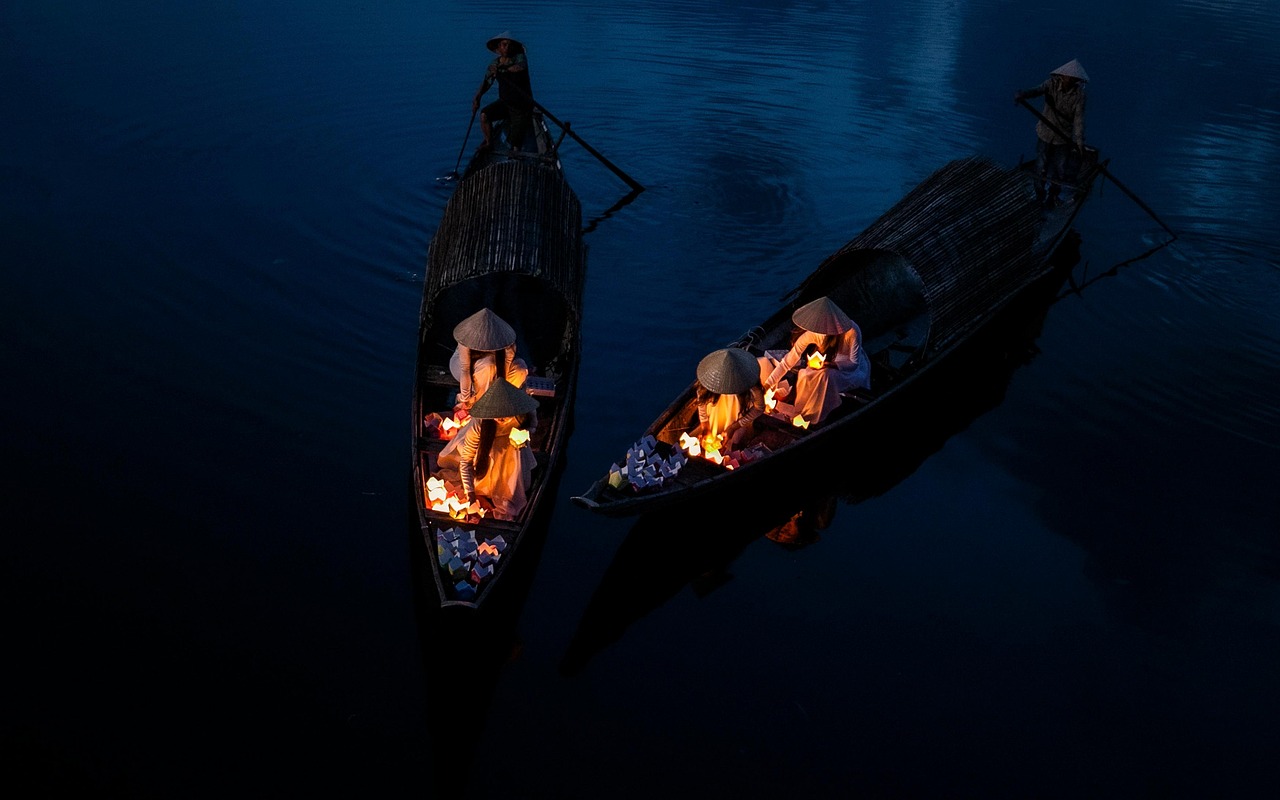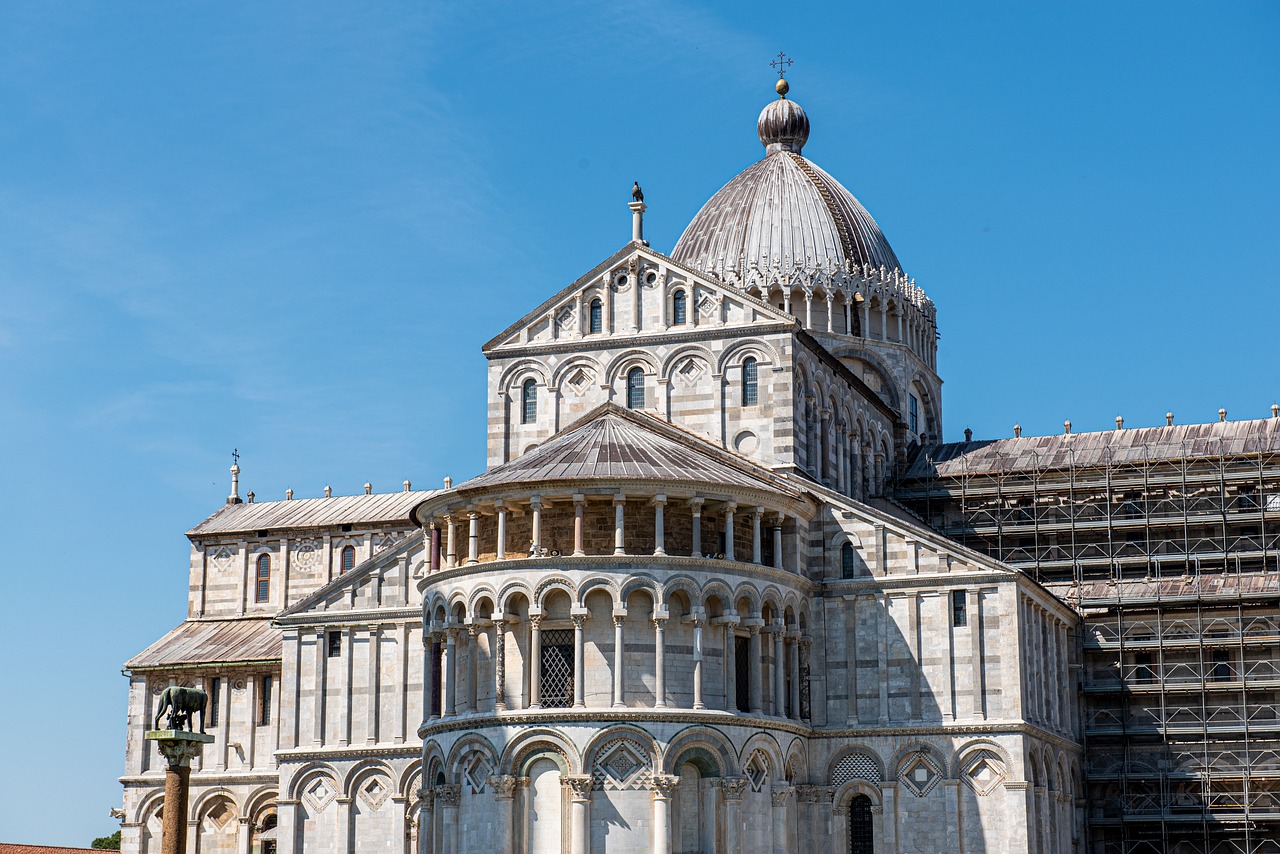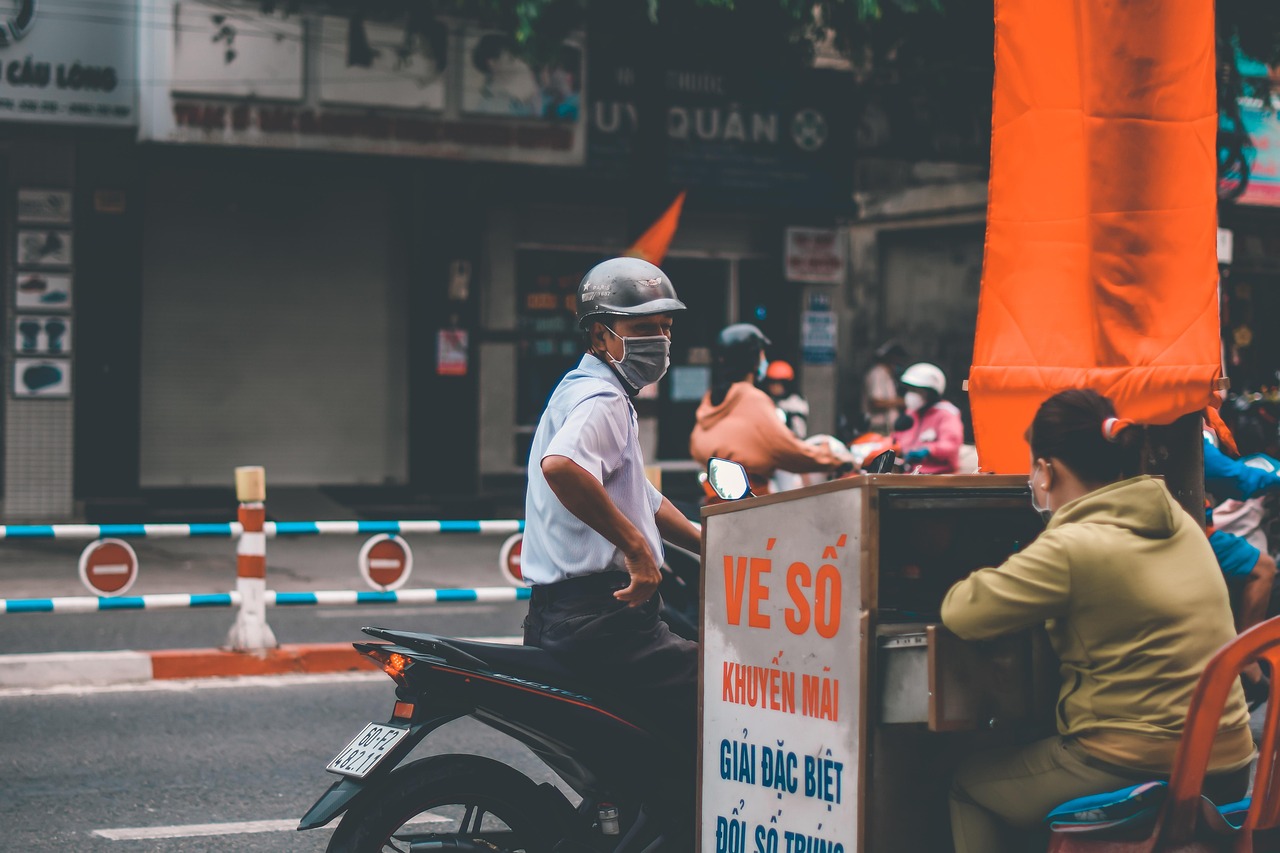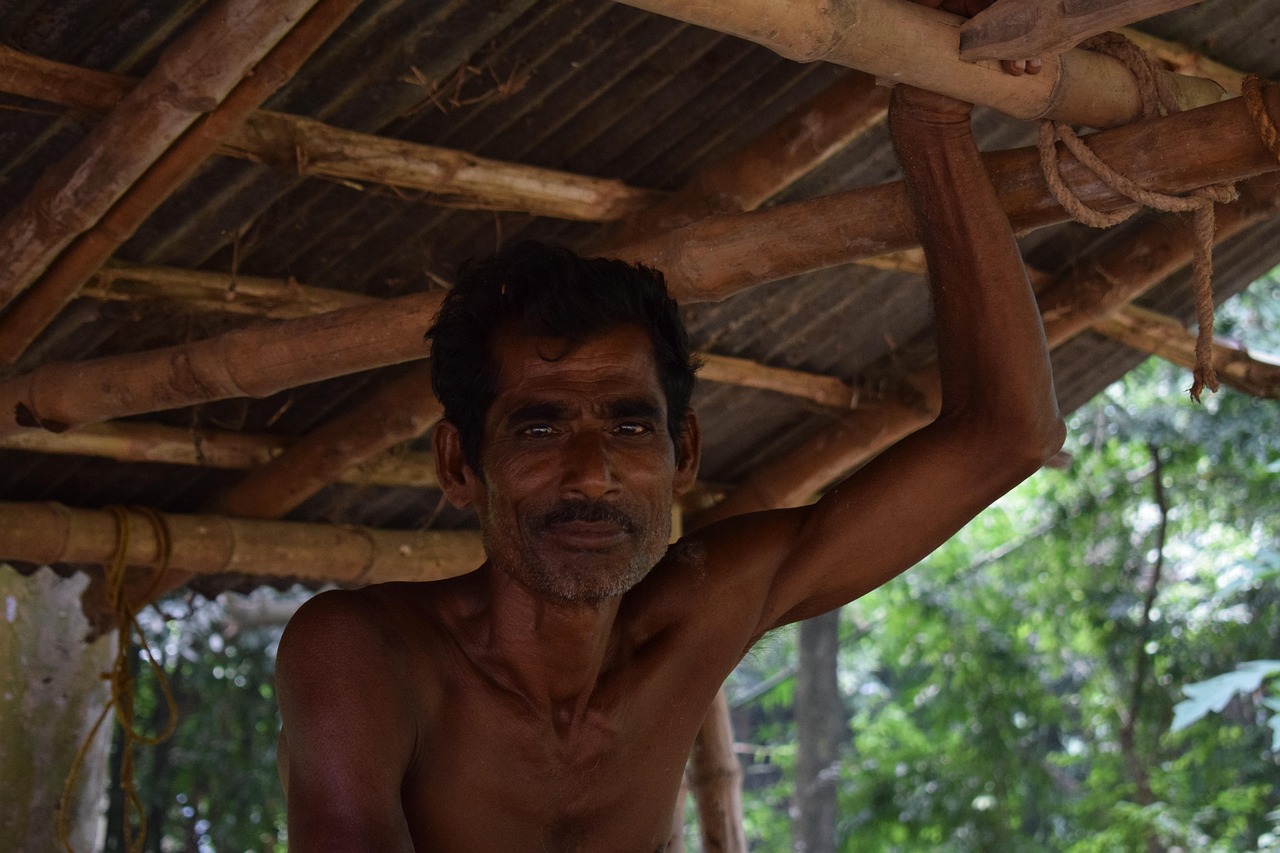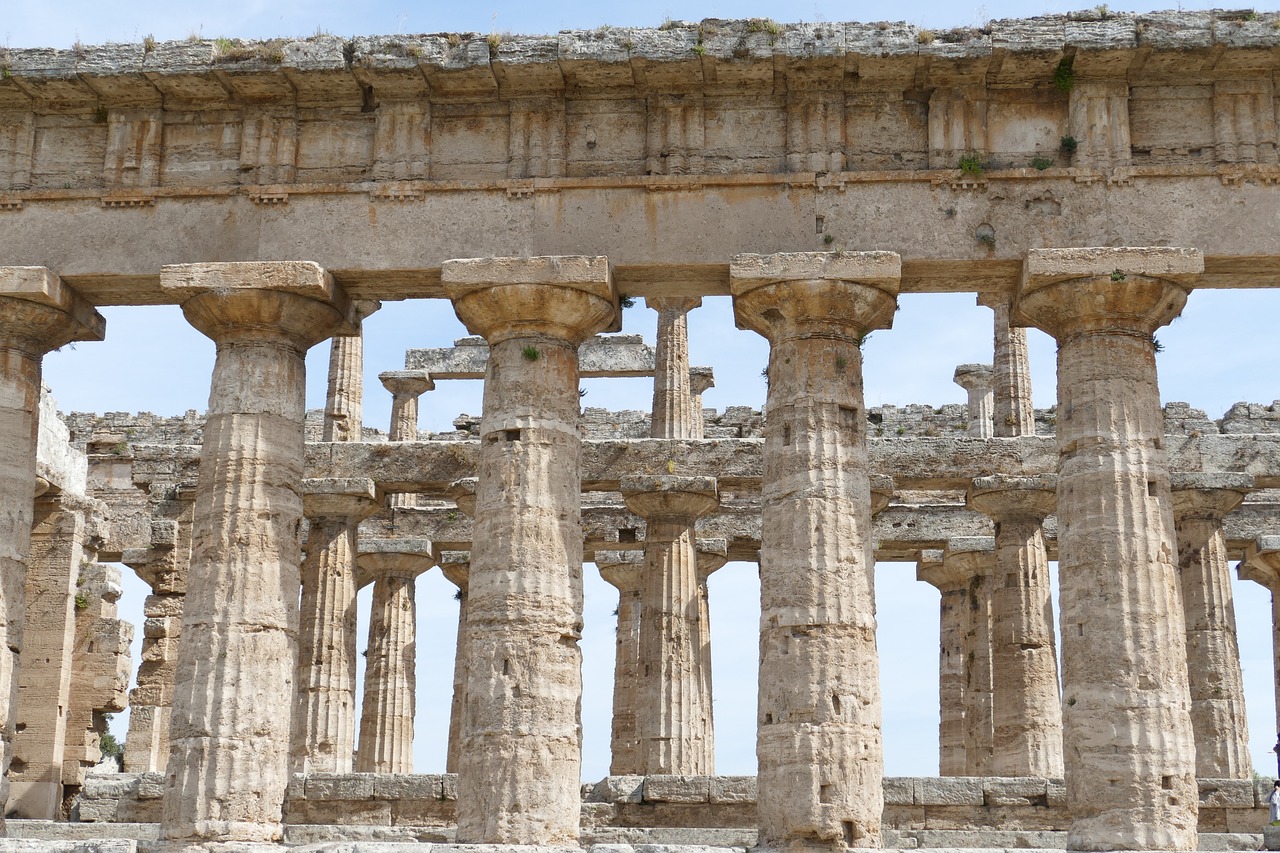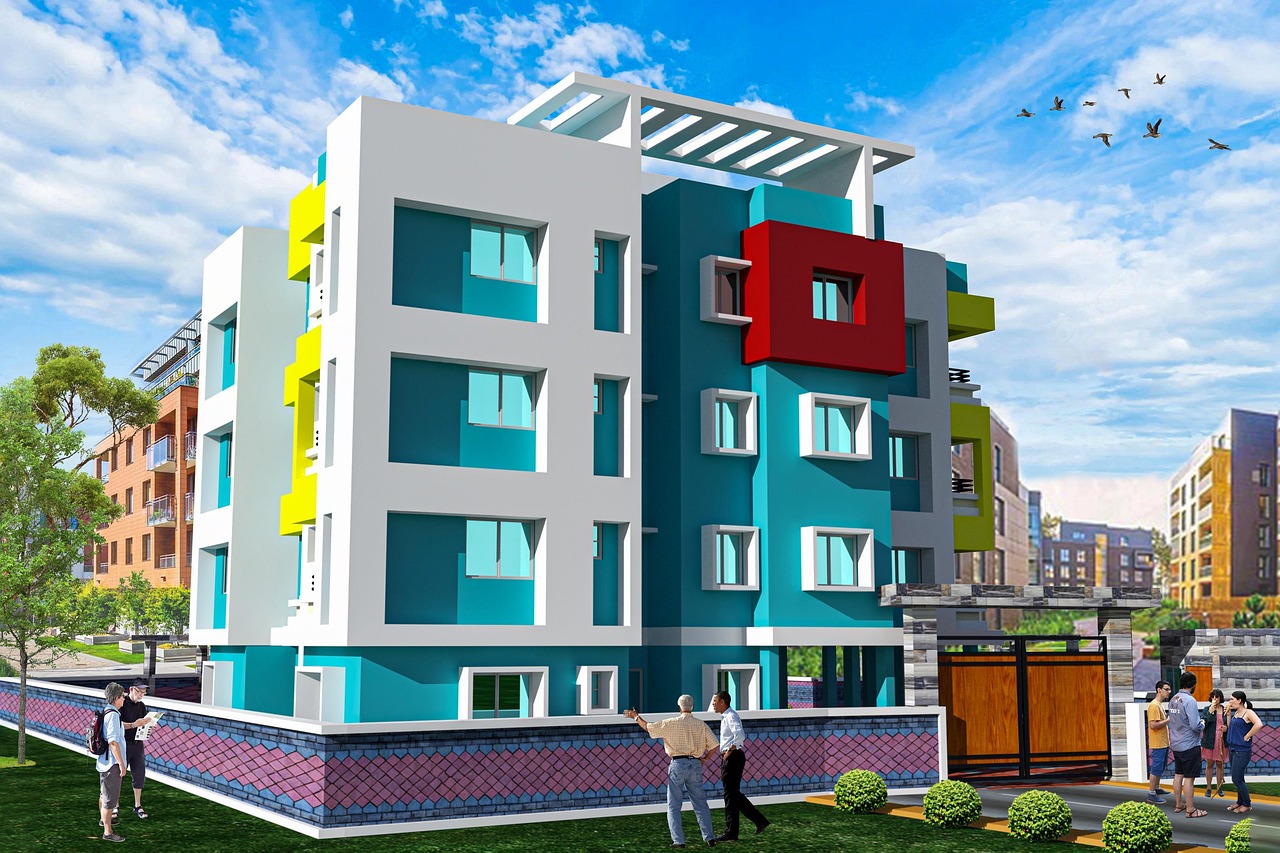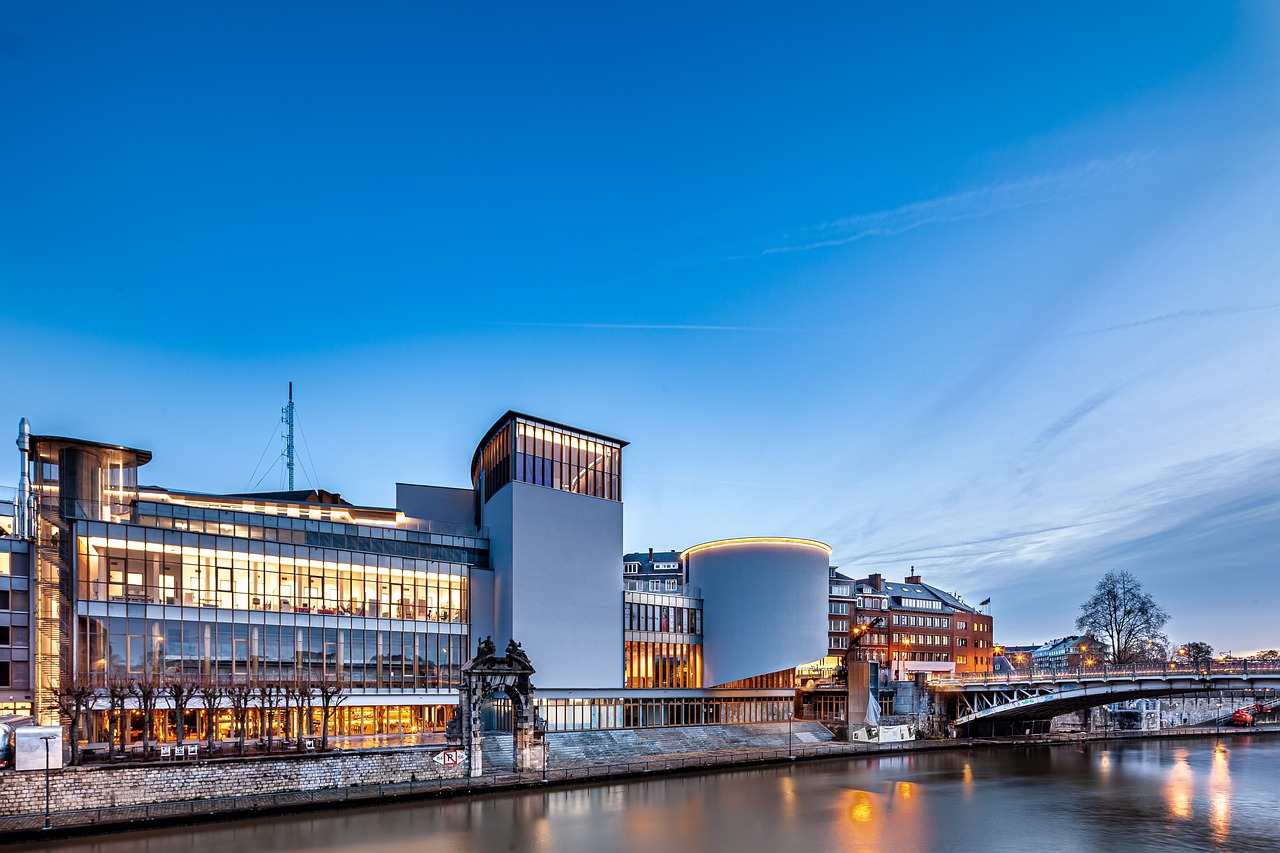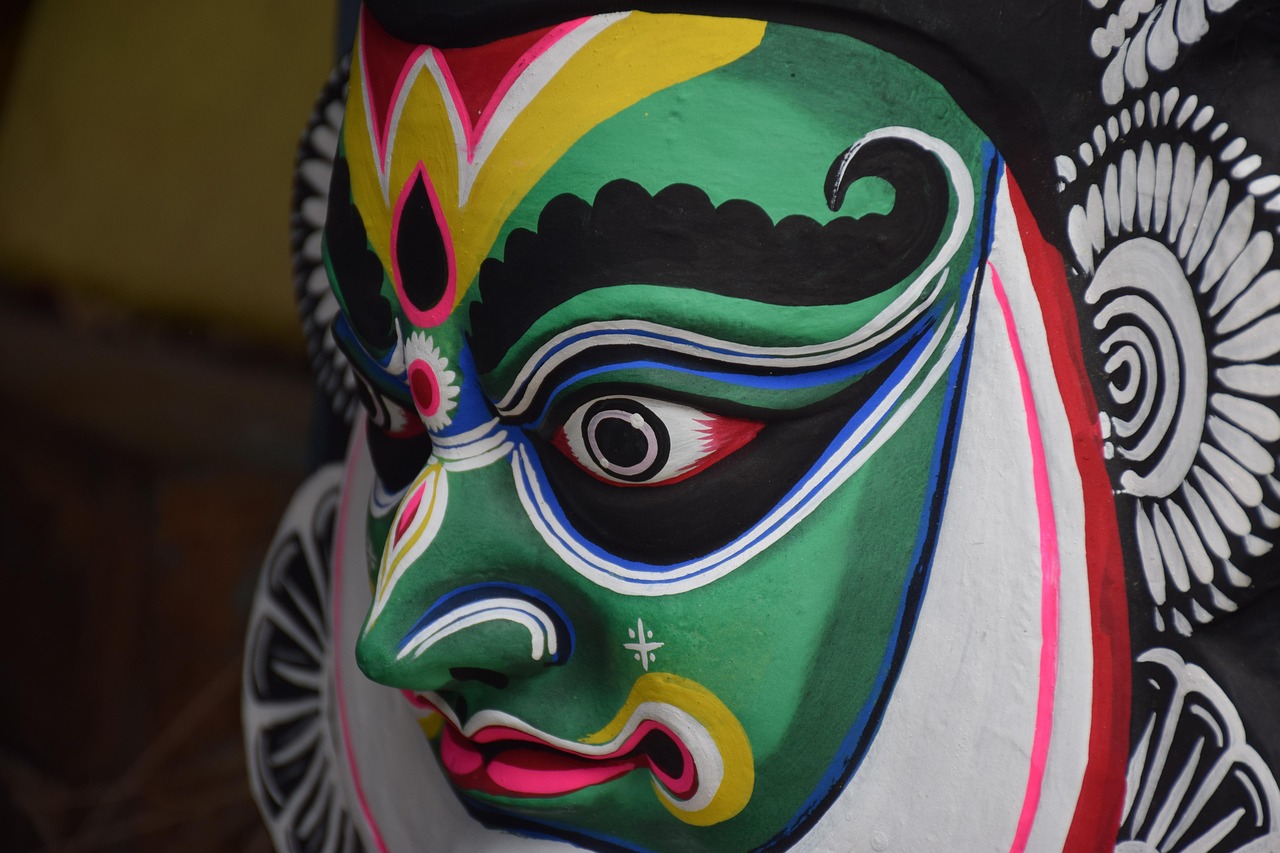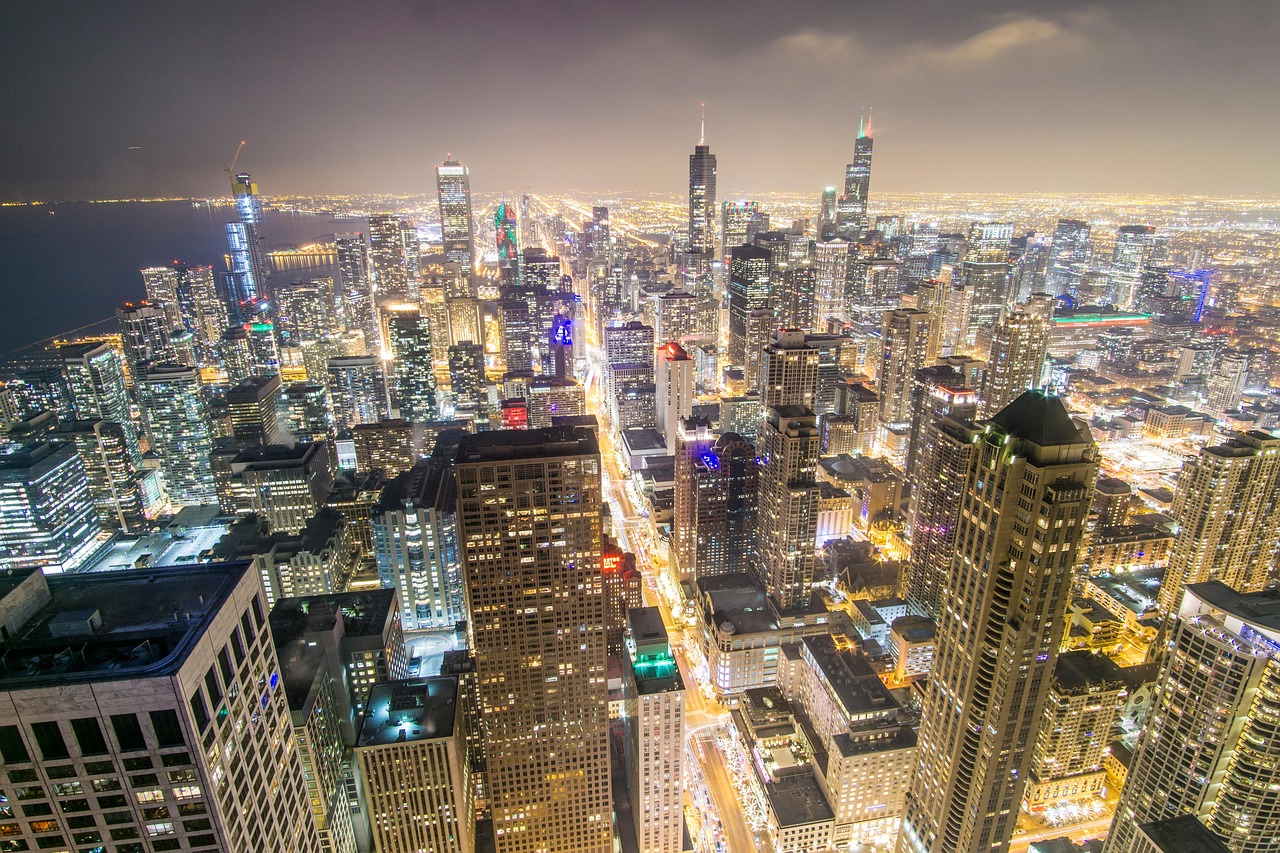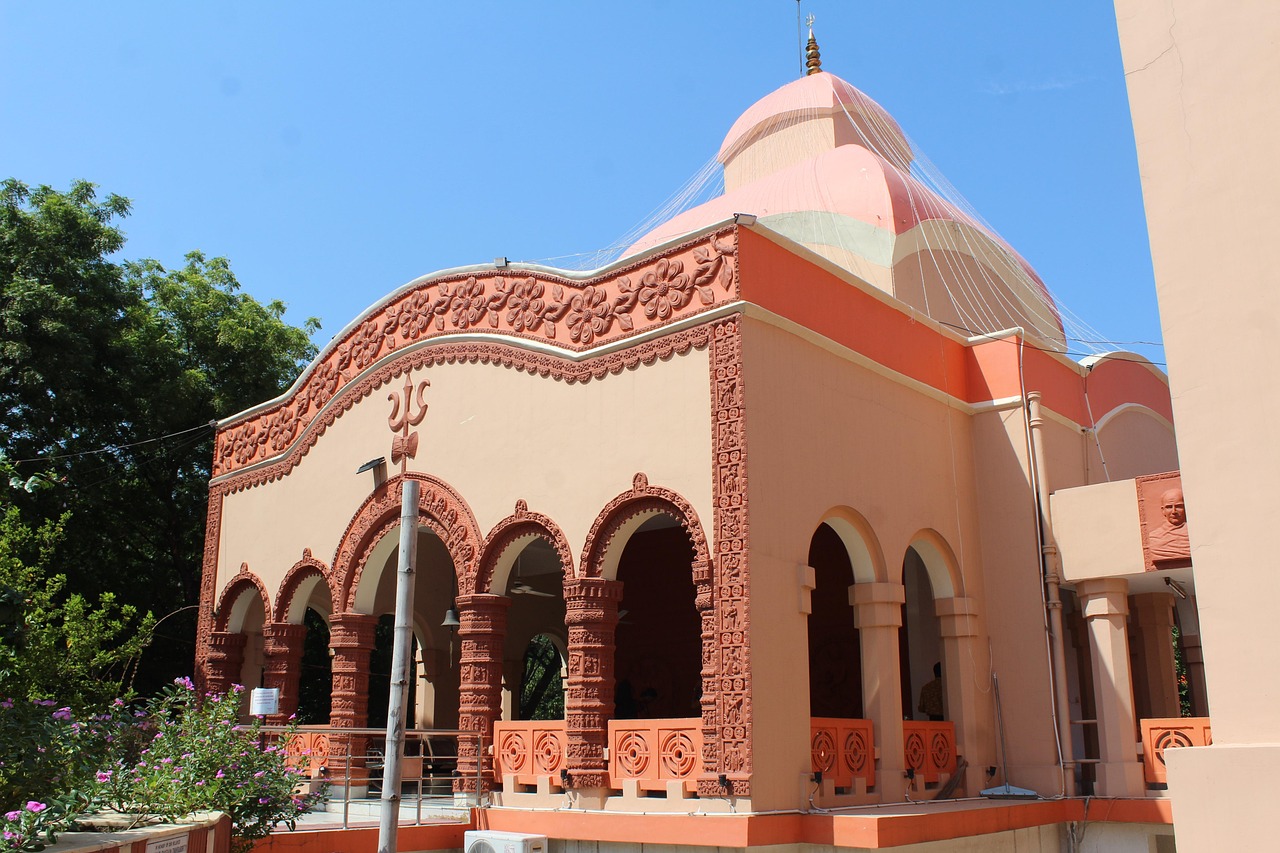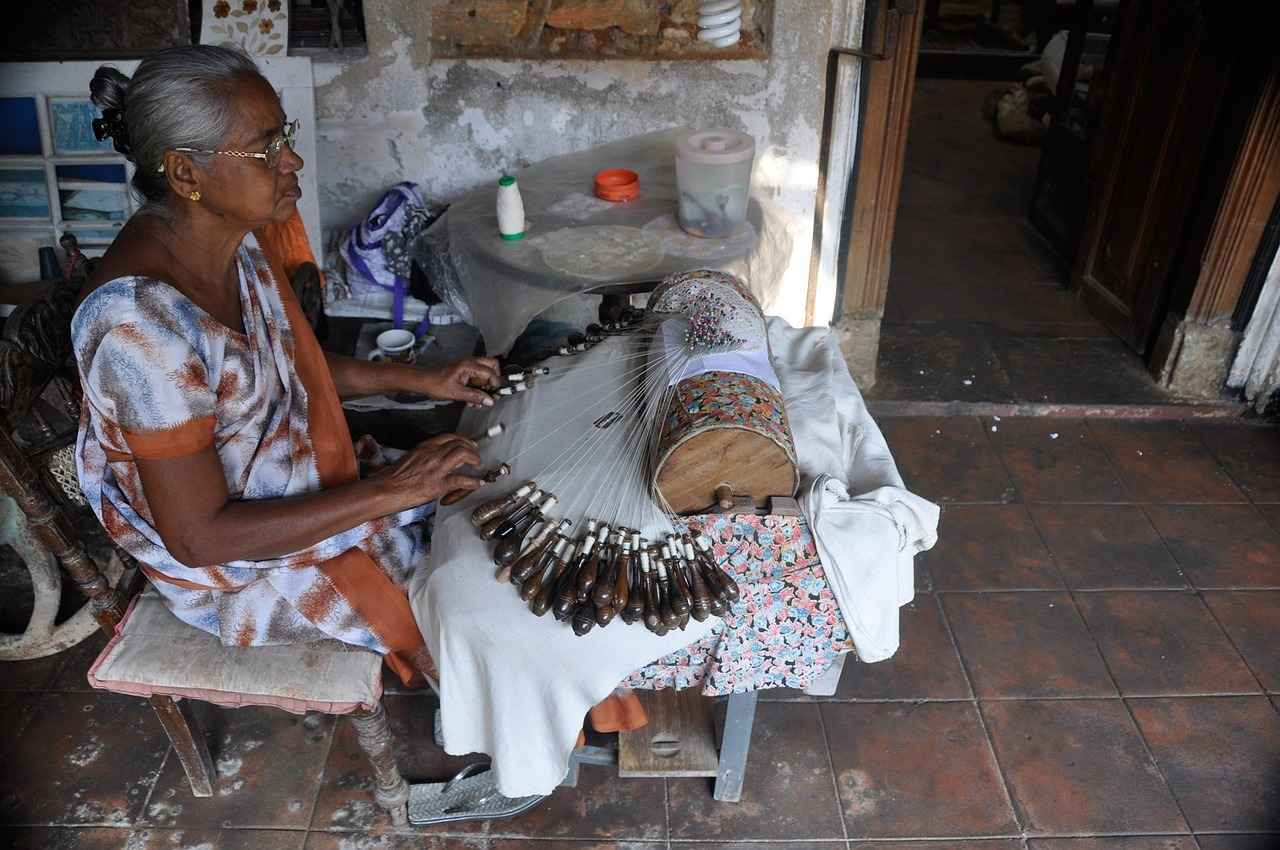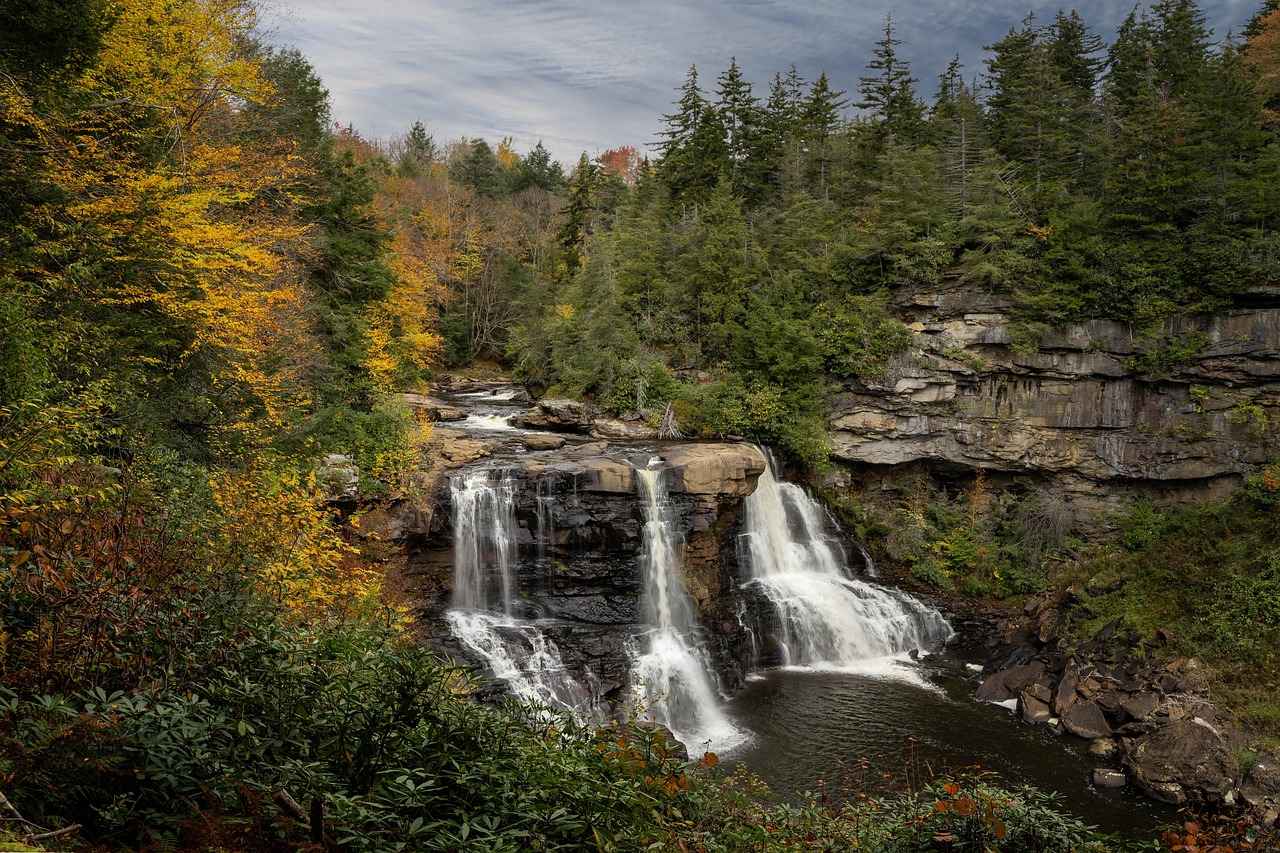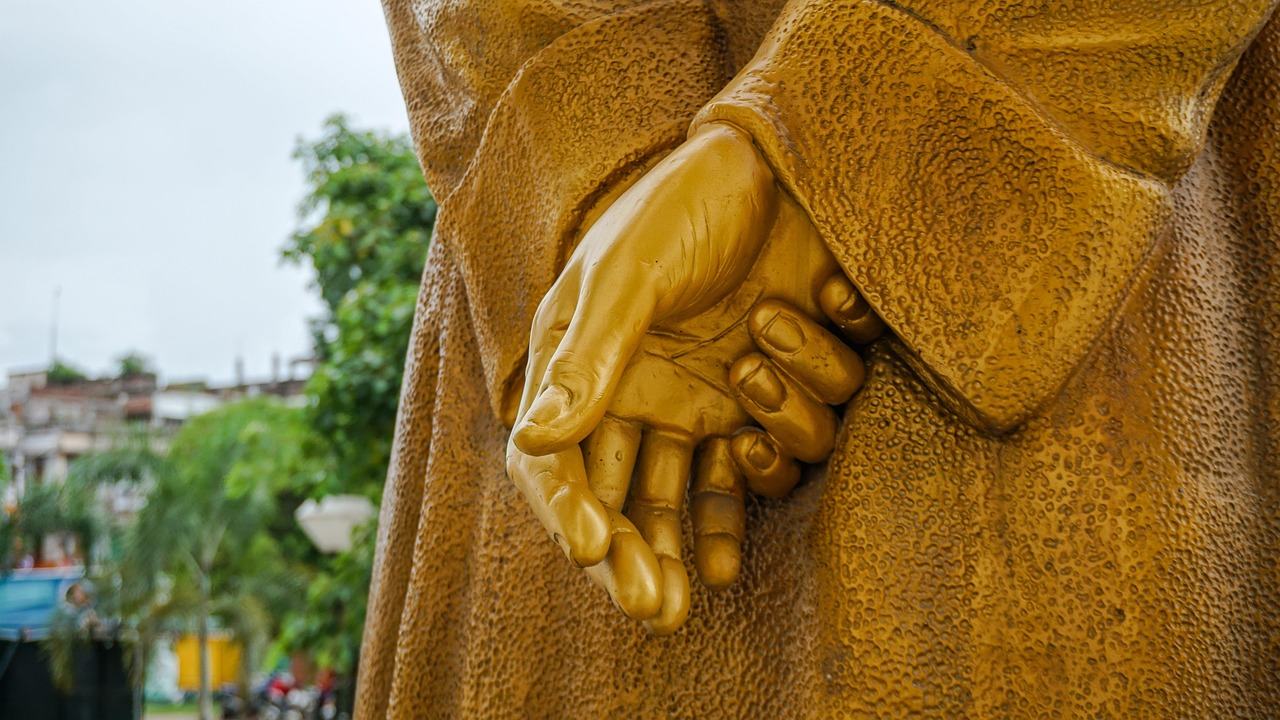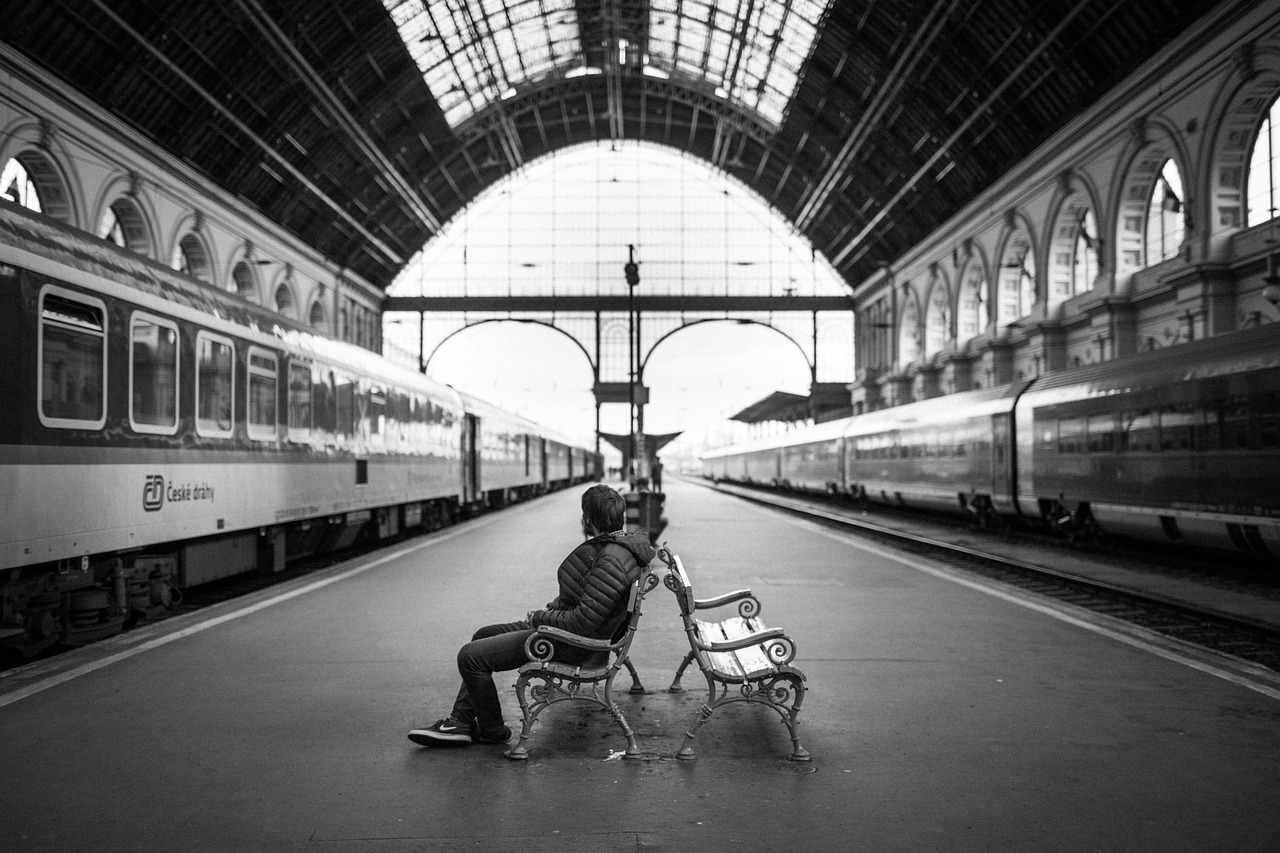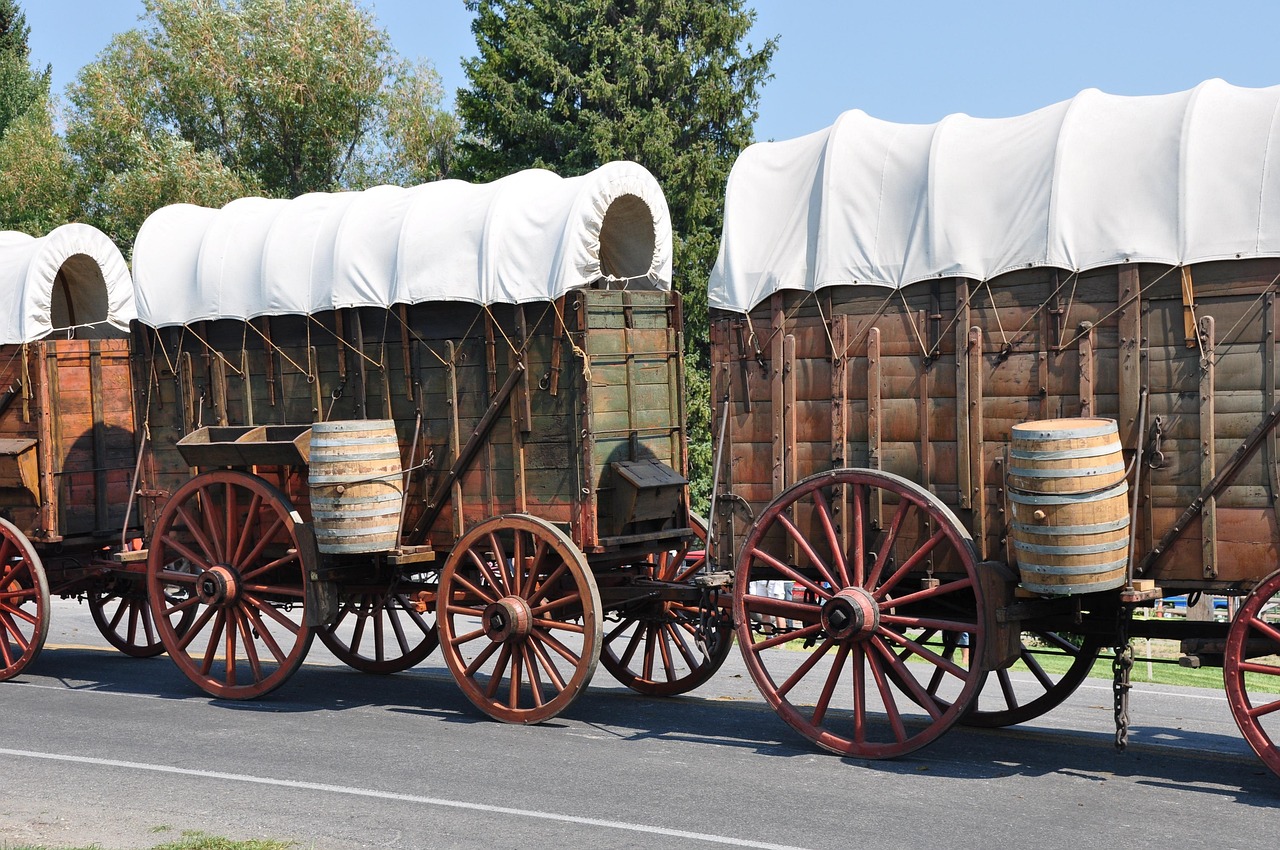Kolkata, a city steeped in history and culture, is home to a plethora of historical sites that reflect its colonial past and rich cultural heritage. This article delves into the must-visit locations that showcase Kolkata’s unique legacy, offering insights into their significance and allure.
- Victoria Memorial: An iconic symbol of Kolkata, this grand marble structure is dedicated to Queen Victoria. It houses a museum filled with artifacts from the British colonial era, making it a must-visit for history enthusiasts.
- Howrah Bridge: An engineering marvel, the Howrah Bridge connects Kolkata with Howrah. Its bustling atmosphere and stunning design make it a key attraction for visitors interested in architecture.
- Marble Palace: Known for its neoclassical architecture, the Marble Palace features an exquisite collection of art and offers a glimpse into the opulence of Kolkata’s wealthy families.
- Indian Museum: Established in 1814, the Indian Museum is the oldest museum in India, boasting a diverse collection of artifacts that span various subjects, from archaeology to art.
- Dakshineswar Kali Temple: This significant religious site dedicated to Goddess Kali attracts devotees and tourists alike, offering both spiritual and architectural insights.
- Tagore House: The ancestral home of the Tagore family, this cultural landmark showcases the life and works of Rabindranath Tagore, India’s first Nobel laureate in Literature.
- Fort William: A historical fortification, Fort William played a pivotal role during the British colonial era and stands as a testament to Kolkata’s military history.
- Nakhoda Mosque: As one of the largest mosques in Kolkata, the Nakhoda Mosque is known for its stunning architecture and serves as a key religious site for the Muslim community.
- St. Paul’s Cathedral: A magnificent example of Gothic architecture, St. Paul’s Cathedral is one of the oldest cathedrals in India and a significant landmark in the city.
- The Writer’s Building: Once the office of the British secretariat, this historic structure showcases colonial architecture and the administrative history of Kolkata.
- Raj Bhavan: The official residence of the Governor of West Bengal, Raj Bhavan reflects the grandeur of colonial architecture and plays a crucial role in the political history of the region.
- Kalighat Temple: One of the 51 Shakti Peethas in India, the Kalighat Temple is dedicated to Goddess Kali and is a vital pilgrimage site for devotees.
In conclusion, Kolkata’s historical sites offer a captivating glimpse into the city’s past, each telling its own unique story. From architectural marvels to significant religious sites, these locations are essential for anyone looking to understand the rich tapestry of Kolkata’s history and culture.

1. Victoria Memorial
The Victoria Memorial stands as a stunning testament to Kolkata’s rich history and architectural grandeur. This iconic structure, dedicated to Queen Victoria, was inaugurated in 1921 and has since become a symbol of the city, attracting millions of visitors each year.
The memorial is crafted from white Makrana marble, which gives it an ethereal glow, especially under the sun. The design, a blend of British and Indian architectural styles, features a grand dome, lush gardens, and intricate sculptures that narrate the tales of the British Raj.
Inside, the Victoria Memorial Museum houses a diverse collection of artifacts from the British colonial era, including paintings, manuscripts, and historical relics. Notable exhibits include works by renowned artists such as Raja Ravi Varma and various Victorian-era paintings that depict life during the colonial period.
The memorial is surrounded by sprawling gardens that provide a serene escape from the city’s hustle and bustle. Visitors can enjoy leisurely walks, picnics, or simply bask in the beauty of the landscape. The gardens are also home to several fountains and statues, adding to the overall charm of the site.
For those interested in history and culture, the Victoria Memorial offers a rich experience, making it a must-visit location in Kolkata. Whether you’re an art enthusiast, a history buff, or simply looking to enjoy the beauty of the city, this iconic landmark is sure to leave a lasting impression.
To enhance your visit, consider joining a guided tour, which provides deeper insights into the memorial’s history and significance. Make sure to check the opening hours and any special exhibitions that might be taking place during your visit.
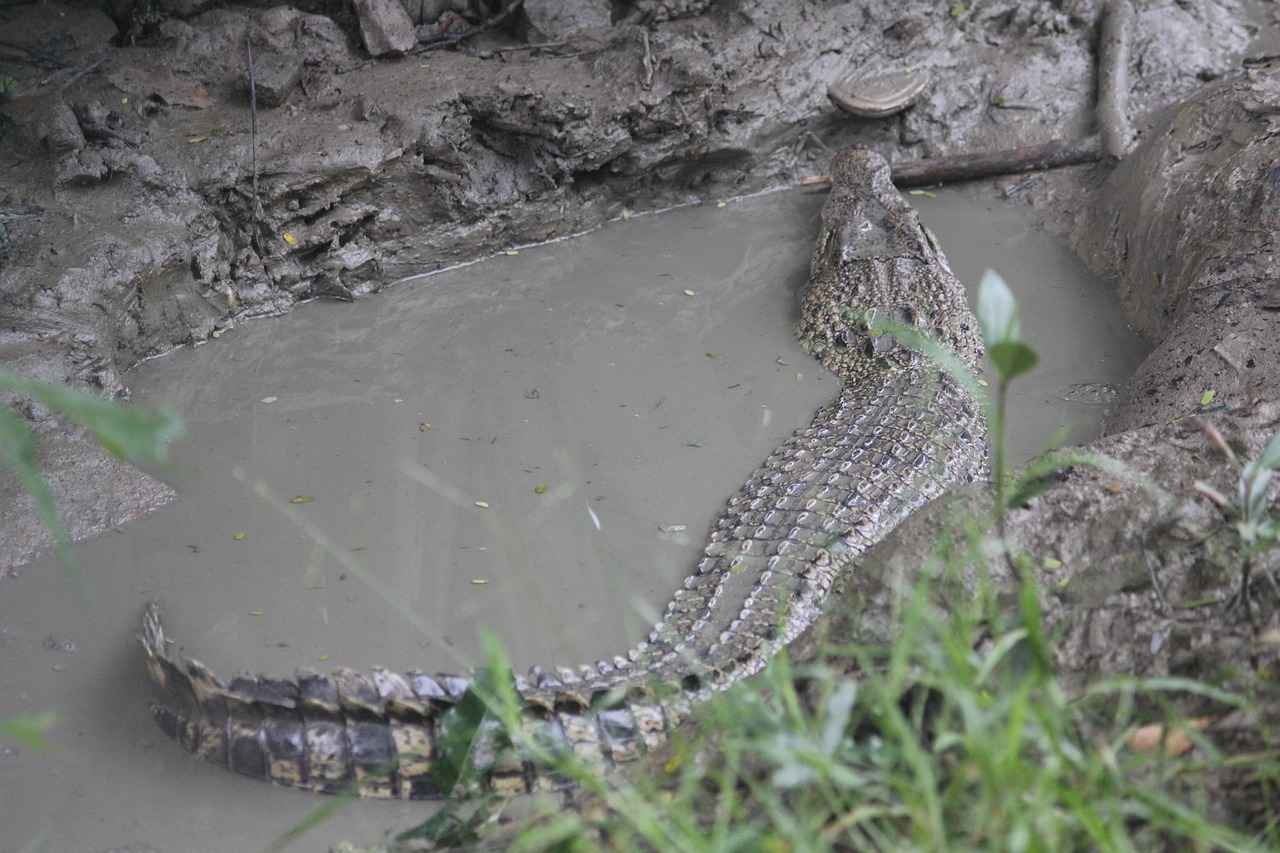
2. Howrah Bridge
Howrah Bridge, an iconic symbol of Kolkata, stands as a testament to engineering prowess and architectural brilliance. This cantilever bridge spans the Hooghly River, connecting the bustling city of Kolkata with the twin city of Howrah. Its impressive structure and vibrant surroundings make it a focal point for both locals and tourists alike.
Constructed in 1943, the Howrah Bridge was designed to replace a pontoon bridge that had served the area. The bridge’s construction was a significant engineering feat of its time, showcasing the innovative spirit of the era. Today, it remains one of the busiest bridges in the world, handling over 100,000 vehicles and countless pedestrians daily.
The bridge spans approximately 705 meters and is made entirely of steel, with no nuts or bolts used in its construction. Its unique cantilever design allows it to support heavy loads, making it a critical transportation link in the region. The intricate lattice work and robust structure exemplify the engineering skills of the early 20th century.
The area surrounding the Howrah Bridge is a vibrant hub of activity. Street vendors, local shops, and bustling markets create a lively atmosphere that reflects the daily life of Kolkata’s residents. Visitors can immerse themselves in the local culture by enjoying street food or shopping for unique souvenirs.
To fully appreciate the bridge, it is advisable to visit early in the morning or during the evening hours. This timing not only helps avoid large crowds but also offers stunning views of the sunset over the Hooghly River. Photography enthusiasts will find ample opportunities to capture the beauty of this architectural wonder.
In conclusion, the Howrah Bridge is not just a vital transportation link; it is a cultural landmark that embodies the spirit of Kolkata. Its historical significance, architectural brilliance, and vibrant surroundings make it a must-visit destination for anyone exploring the city.
History of Howrah Bridge
The Howrah Bridge, a remarkable feat of engineering, has been a defining structure in Kolkata since its completion in 1943. Originally constructed to replace a pontoon bridge that could not accommodate the growing traffic demands of the region, the Howrah Bridge has become an essential transportation link between the city of Kolkata and Howrah.
This iconic bridge spans the Hooghly River and is one of the busiest cantilever bridges in the world, with thousands of vehicles and pedestrians crossing it daily. Its construction was a response to the need for a more durable and reliable crossing, reflecting the rapid urbanization and industrial growth of Kolkata during the mid-20th century.
| Year | Event |
|---|---|
| 1943 | Completion of the Howrah Bridge |
| 1962 | Bridge renamed Rabindra Setu |
| 1990 | Bridge undergoes major repairs |
The bridge’s design is notable for its steel structure and cantilever design, which was innovative for its time. It stretches approximately 705 meters in length and is supported by two massive towers that rise 83 meters above the river. This engineering marvel not only serves as a vital transportation route but also stands as a symbol of Kolkata’s resilience and spirit.
Surrounding the Howrah Bridge is a vibrant local culture, with bustling markets and street vendors that contribute to the lively atmosphere. The area is a hub for daily commuters and tourists alike, offering a glimpse into the everyday life of Kolkata’s residents.
Visiting the Howrah Bridge is an experience not to be missed. For the best views, consider visiting early in the morning or late in the evening when the bridge is beautifully illuminated, providing a stunning backdrop for photographs. The Howrah Bridge is not just a bridge; it is a living testament to Kolkata’s history, culture, and ongoing evolution.
Architectural Significance
The Howrah Bridge stands as a remarkable example of engineering prowess, showcasing a unique cantilever design that was groundbreaking during its construction in the early 20th century. This iconic structure, often referred to as the “Rabindra Setu,” spans the Hooghly River, connecting the bustling city of Kolkata with Howrah. Its design not only serves a functional purpose but also adds to the aesthetic appeal of the urban landscape.
Constructed without the use of nuts and bolts, the bridge’s steel framework exemplifies the innovative spirit of its time. The cantilever design allows the bridge to support its own weight while providing a stable and robust structure for the heavy traffic it accommodates daily. This engineering marvel measures approximately 705 meters in length, making it one of the longest cantilever bridges in the world.
Moreover, the Howrah Bridge is not just a transportation link; it is a cultural symbol of Kolkata. The bridge has become a backdrop for countless photographs and a gathering point for locals and tourists alike. The vibrant atmosphere surrounding the bridge, filled with street vendors and bustling activity, reflects the lively spirit of the city.
| Feature | Details |
|---|---|
| Length | 705 meters |
| Construction Year | 1943 |
| Type | Cantilever Bridge |
Visitors to the Howrah Bridge are often advised to explore the area during the early morning or late evening. This timing not only helps avoid the crowds but also provides stunning views of the sunrise or sunset over the river. The bridge, illuminated at night, offers a breathtaking sight that captures the essence of Kolkata’s charm.
In conclusion, the Howrah Bridge is more than just a structural achievement; it is a testament to the engineering skills of its era and a vital part of Kolkata’s identity. Its rich history and architectural significance continue to draw visitors from around the world, making it a must-see landmark in the city.
Local Culture Around the Bridge
The area surrounding the Howrah Bridge is a vibrant hub that encapsulates the essence of Kolkata’s daily life and rich cultural tapestry. This bustling locale is alive with the sounds of street vendors, the aroma of local delicacies, and the chatter of residents going about their day. Here, one can truly experience the dynamic spirit of the city.
As you stroll along the pathways, you’ll encounter a variety of street vendors selling everything from traditional snacks like puchka (pani puri) to handmade crafts and souvenirs. The colorful stalls create a lively atmosphere, drawing both locals and tourists alike. This interaction not only provides a taste of Kolkata’s culinary delights but also showcases the entrepreneurial spirit of its residents.
In addition to food vendors, the area is dotted with local shops offering a diverse range of products. From clothing and accessories to artisanal goods, these shops reflect the creativity and craftsmanship of Kolkata’s artisans. Visitors can find unique items that are not available in mainstream markets, making for perfect souvenirs or gifts.
The cultural richness is further enhanced by the artistic expressions found in the street performances and murals that adorn the walls of nearby buildings. Artists often showcase their talents, adding a layer of entertainment and creativity to the environment. This artistic presence not only beautifies the area but also serves as a reminder of Kolkata’s status as a cultural capital.
Overall, the area around the Howrah Bridge is a microcosm of Kolkata itself—vibrant, diverse, and full of life. It invites visitors to immerse themselves in the local culture, making every visit a memorable experience.
Visiting Tips
Visiting Tips for Howrah Bridge
The Howrah Bridge, an iconic landmark of Kolkata, is not just a marvel of engineering but also a vibrant hub of activity. To make the most of your visit, consider the following tips:
- Timing Your Visit: It is highly recommended to visit the Howrah Bridge either early in the morning or late in the evening. These times offer a chance to enjoy the tranquility of the area and the stunning views of the river without the hustle and bustle of large crowds.
- Photography Opportunities: Early morning light creates a magical atmosphere ideal for photography. Conversely, the evening offers a beautiful sunset backdrop, perfect for capturing the bridge’s silhouette.
- Local Culture: Take time to explore the surroundings. The area is filled with street vendors offering local delicacies and souvenirs. Engaging with these vendors can enhance your cultural experience.
- Safety Precautions: While the bridge is generally safe, be mindful of your belongings, especially in crowded areas. Keep an eye on your personal items to avoid any mishaps.
- Transportation: The Howrah Bridge is easily accessible via public transport. Consider using local buses or taxis to reach the site conveniently.
- Enjoy the Scenic Views: Spend some time simply enjoying the views of the Hooghly River and the bustling city life around you. The bridge not only connects two cities but also offers a glimpse into the vibrant life of Kolkata.
By following these tips, your visit to the Howrah Bridge can be a memorable experience, allowing you to appreciate both its architectural beauty and the lively atmosphere of Kolkata.
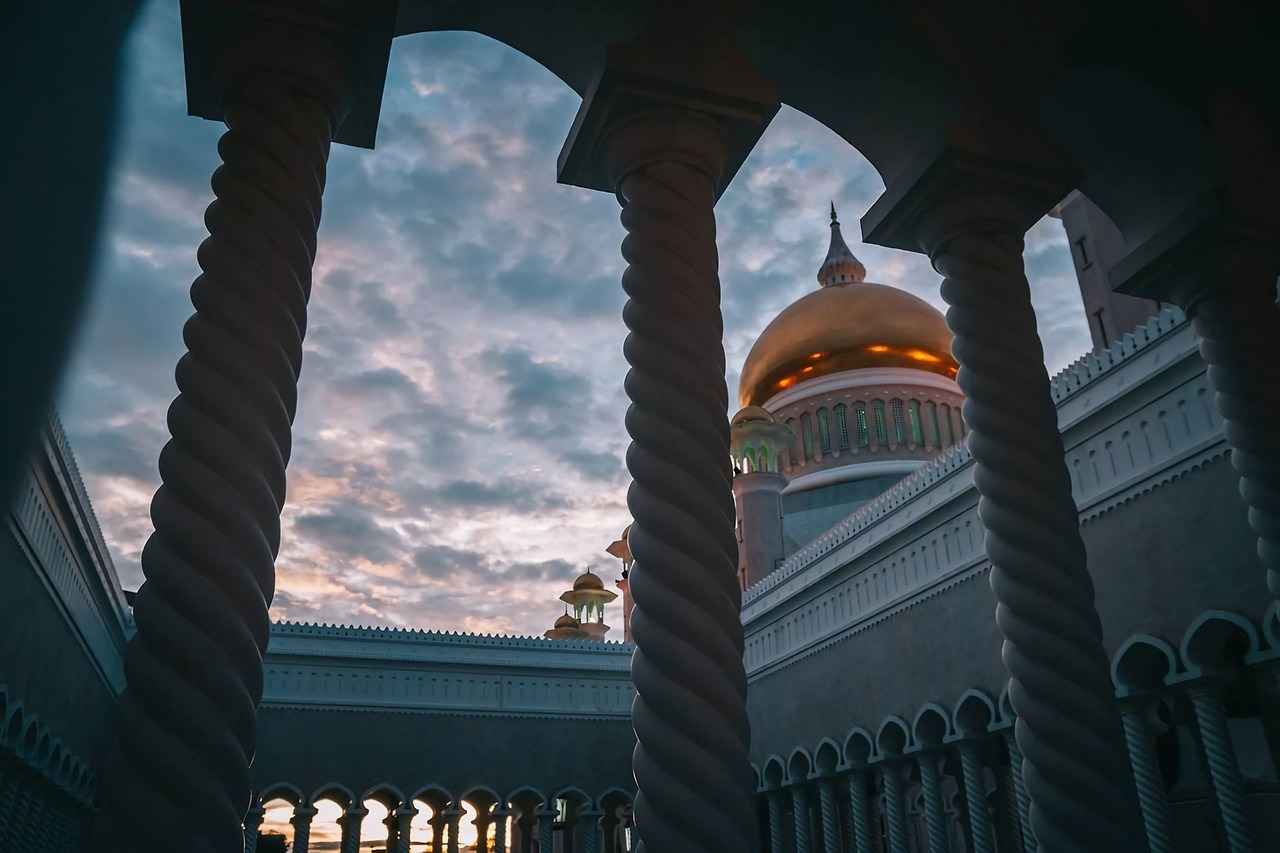
3. Marble Palace
The Marble Palace is a magnificent mansion located in the heart of Kolkata, showcasing an exquisite blend of neoclassical architecture and a rich collection of art. This stunning structure was built in the 19th century by Raja Rajendra Mullick, a wealthy Bengali merchant, and serves as a testament to the opulence that characterized the lives of Kolkata’s affluent families during that era.
Visitors to the Marble Palace are often captivated by its grand architecture, which features intricate marble work, vast courtyards, and lush gardens. The mansion stands as a symbol of the city’s cultural heritage and architectural brilliance, making it a must-visit for anyone interested in history and art.
The Marble Palace is home to an impressive collection of artworks, including paintings by renowned artists such as Rembrandt and Rubens. The mansion also houses a variety of sculptures, antiques, and decorative art pieces that reflect the artistic legacy of Kolkata. This extensive collection offers a unique opportunity for visitors to immerse themselves in the city’s rich artistic history.
The mansion’s design is a captivating mix of European and Indian architectural styles, characterized by its grand columns, detailed frescoes, and ornate interiors. The surrounding gardens, adorned with exotic plants and fountains, provide a serene setting for leisurely strolls and photography. The combination of architecture and nature creates a tranquil atmosphere, inviting visitors to explore and appreciate the beauty of the estate.
- Location: Marble Palace, 46, Muktaram Babu Street, Kolkata.
- Timings: Open on all days except Mondays, from 10 AM to 4 PM.
- Entry Fee: A nominal fee is charged for entry, and visitors are advised to carry a valid ID.
In conclusion, the Marble Palace is not just a mansion; it is a cultural treasure that offers a glimpse into the opulent lifestyles of Kolkata’s past. Its architectural beauty and artistic heritage make it an essential stop for anyone exploring the historical sites of this vibrant city.
Art Collection
The Marble Palace in Kolkata is not only an architectural marvel but also a treasure trove of artistic heritage. Visitors can immerse themselves in a diverse collection of artworks that spans centuries, showcasing the rich cultural tapestry of the region.
- Paintings: The collection features an impressive array of paintings, including works by renowned artists such as Raja Ravi Varma and European masters. These paintings reflect the evolution of artistic styles and themes over time.
- Sculptures: The Marble Palace houses exquisite sculptures crafted from various materials, including marble and bronze. Each piece tells a story, revealing the intricate craftsmanship and artistic vision of its creator.
- Antiques: Alongside the artworks, visitors will find a selection of antiques, from ornate furniture to decorative objects. These items not only enhance the aesthetic appeal of the palace but also provide insight into the lifestyle of Kolkata’s affluent families during the colonial era.
Exploring the art collection at the Marble Palace is a journey through time, where each piece serves as a window into the past. The artistic heritage of Kolkata is beautifully encapsulated in this collection, making it a must-visit for art enthusiasts and history buffs alike.
Furthermore, the palace’s stunning architecture, characterized by its neoclassical design and lush gardens, provides a picturesque backdrop for appreciating the art. Visitors are encouraged to take their time, as the serene environment allows for a deeper connection with the artworks on display.
In conclusion, the Marble Palace stands as a testament to Kolkata’s rich cultural history and artistic legacy. Whether you are an art lover or a casual visitor, the experience of exploring its art collection is sure to leave a lasting impression.
Architecture and Design
play a pivotal role in defining the character and appeal of historical sites, particularly in the context of Kolkata’s rich cultural tapestry. The Marble Palace, for instance, is a prime example of this, showcasing a harmonious blend of artistic expression and architectural brilliance.
The mansion’s architecture is characterized by intricate marble work that not only highlights the craftsmanship of the era but also serves as a canvas for various artistic styles. The façade is adorned with elaborate carvings, which reflect both European and Indian influences. This unique architectural fusion is a hallmark of Kolkata’s colonial heritage.
Moreover, the beautiful gardens surrounding the Marble Palace further enhance its charm. These gardens are meticulously landscaped, featuring a variety of exotic plants and serene pathways that invite visitors to take leisurely strolls. The tranquil atmosphere they provide makes it an ideal spot for photography, capturing the essence of the mansion against the backdrop of nature.
Visitors to the Marble Palace can expect to be captivated not only by the structure itself but also by the overall experience it offers. The combination of stunning architecture and lush gardens creates a picturesque setting, perfect for both casual visitors and serious photographers alike.
In summary, the architecture and design of the Marble Palace exemplify the grandeur of Kolkata’s historical sites. Its intricate marble work and beautiful gardens make it a must-visit destination for anyone looking to appreciate the city’s rich architectural legacy.
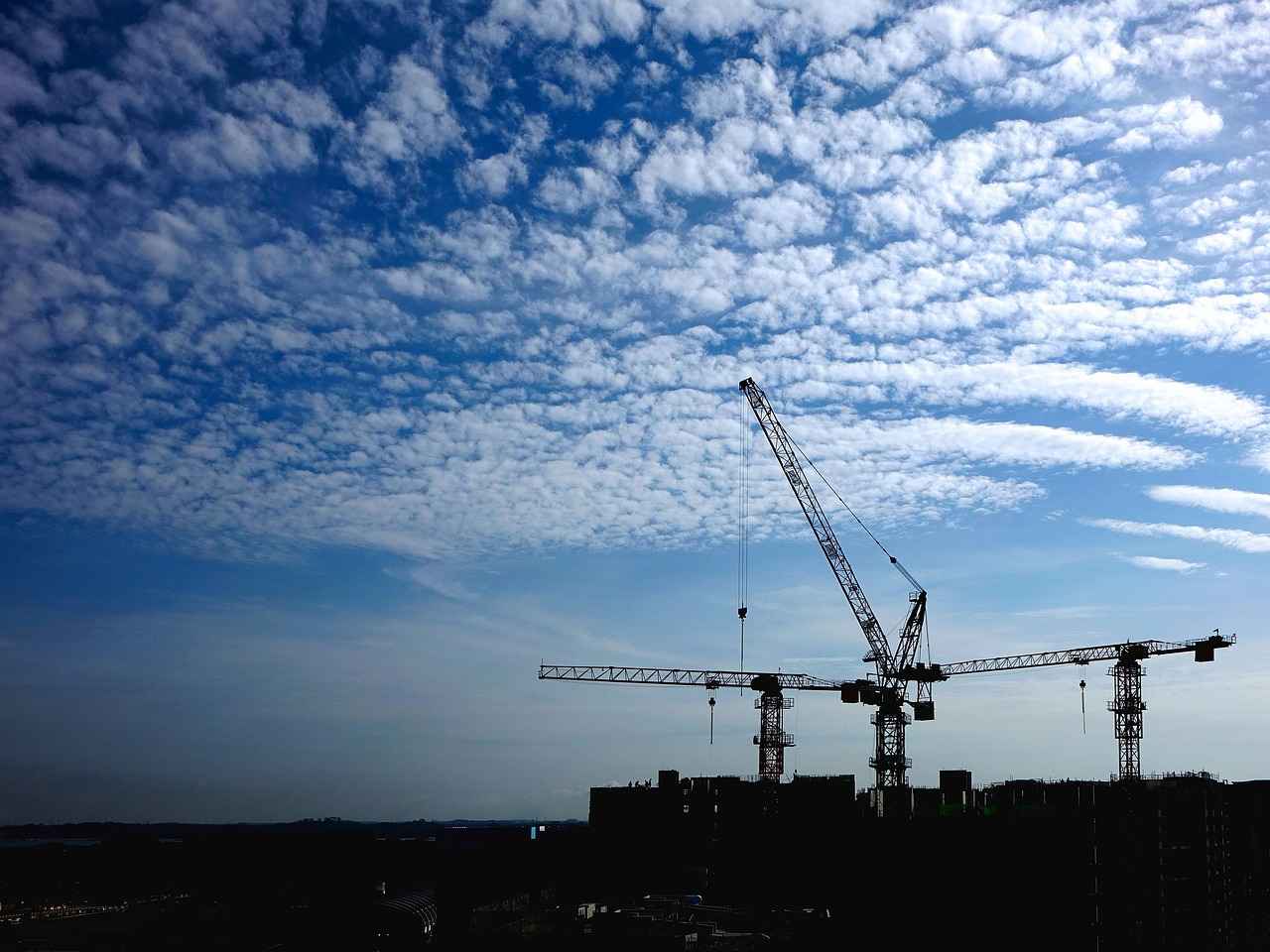
4. Indian Museum
The Indian Museum, established in 1814, stands as the oldest museum in India and a beacon of cultural heritage. Located in the heart of Kolkata, it is a treasure trove of history, art, and science, attracting visitors from all over the world.
This museum is renowned for its diverse collection of artifacts, which includes everything from ancient relics to modern art. Among its most notable exhibits are:
- Fossils: Discover the remnants of prehistoric life, showcasing the evolution of species over millions of years.
- Paintings: A rich collection that spans various styles and periods, including works by renowned Indian artists.
- Ancient Relics: Artifacts from India’s rich history, including sculptures, coins, and pottery that tell the story of ancient civilizations.
The museum’s exhibits cover a wide range of subjects, including archaeology, anthropology, and art, making it a comprehensive overview of India’s cultural and historical evolution. One can find:
| Exhibit Type | Description |
|---|---|
| Archaeological Artifacts | Items from ancient Indian civilizations, showcasing their daily life and culture. |
| Natural History | Fossils and specimens that illustrate the biological diversity of the region. |
| Art Gallery | A collection of paintings and sculptures that highlight the evolution of art in India. |
For those planning a visit, it is advisable to check the timings and entry fees to ensure a smooth experience. The museum often hosts special exhibitions and educational programs, making it a dynamic place for learning.
In conclusion, the Indian Museum is not just a collection of artifacts; it is a gateway to understanding the rich tapestry of India’s history and culture. Whether you are a history buff, an art lover, or a curious traveler, this museum offers a unique glimpse into the past that is both informative and inspiring.
Exhibits of Importance
The Indian Museum in Kolkata is a treasure trove of history and culture, showcasing a wide array of exhibits that span various disciplines. This museum serves as a vital resource for understanding India’s rich heritage and the evolution of its civilization.
The museum’s collections can be categorized into several key areas:
- Archaeology: The archaeological section features artifacts from ancient civilizations, including pottery, tools, and sculptures that provide insights into the lives of early inhabitants of the Indian subcontinent.
- Natural History: This segment includes fossils, taxidermy specimens, and geological samples, illustrating the diverse flora and fauna of India and the geological changes that have shaped the land over millennia.
- Art: The art collection encompasses paintings, sculptures, and decorative arts from various periods, reflecting the artistic evolution and cultural influences that have shaped Indian art.
- Anthropology: This exhibit delves into the diverse cultures and traditions of India’s various ethnic groups, showcasing artifacts that represent their unique lifestyles and customs.
Each of these categories is designed to provide visitors with a comprehensive overview of India’s cultural and historical evolution. The museum’s layout encourages exploration, allowing guests to engage with the exhibits through interactive displays and informative signage.
For those planning a visit, it is advisable to allocate sufficient time to fully appreciate the extensive collections. The museum also offers guided tours, which can enhance the experience by providing expert insights into the significance of various artifacts.
In conclusion, the Indian Museum stands as a testament to India’s diverse cultural heritage, offering invaluable insights into the nation’s past and its ongoing evolution. Whether you’re a history enthusiast or a casual visitor, the museum promises an enriching experience that highlights the importance of preserving our shared history.
Visitor Information
is essential for anyone planning to explore the Indian Museum in Kolkata. To ensure a fulfilling visit, it is crucial to be aware of the museum’s timings and entry fees.
The Indian Museum is open to visitors from 10:00 AM to 5:00 PM on all days except for Monday. This schedule allows ample time for guests to explore the extensive collections, which include artifacts spanning various fields such as archaeology, art, and natural history.
When planning your visit, keep in mind that the entry fee is nominal, typically around INR 20 for Indian citizens and INR 500 for foreign nationals. This fee provides access to a treasure trove of cultural heritage, making it a worthwhile investment for history enthusiasts and casual visitors alike.
To enhance your experience, consider visiting during weekdays when the museum tends to be less crowded. This allows for a more intimate exploration of the exhibits, where you can take your time to appreciate the intricate details and learn about India’s rich history.
Additionally, be sure to check for any special exhibitions or events that may be taking place during your visit. The museum often hosts workshops, lectures, and guided tours that can provide deeper insights into the exhibits and enhance your understanding of the artifacts on display.
In conclusion, planning your visit to the Indian Museum by checking the timings and entry fees will undoubtedly enrich your experience. Prepare ahead to make the most of your time at this historical gem in Kolkata!

5. Dakshineswar Kali Temple
The Dakshineswar Kali Temple is not just a significant religious site; it is a vibrant hub of spirituality and history that draws countless devotees and tourists from around the globe. Dedicated to Goddess Kali, the temple is located on the banks of the Hooghly River in Kolkata, West Bengal, and serves as a prominent pilgrimage destination.
Constructed in the mid-19th century, the Dakshineswar Kali Temple was built by Rani Rashmoni, a wealthy widow who played a crucial role in its establishment. The temple’s history is deeply intertwined with that of Sri Ramakrishna Paramahamsa, a revered saint who served as the temple’s priest and whose teachings continue to inspire millions.
The temple complex showcases a unique blend of architectural styles, featuring a series of 12 shrines dedicated to different manifestations of the goddess. The main temple is adorned with intricate carvings and vibrant colors, creating a mesmerizing atmosphere. The gardens surrounding the temple enhance its beauty, offering a serene escape for visitors.
Visitors to the Dakshineswar Kali Temple often describe a profound sense of peace and spiritual awakening. The daily rituals and pujas conducted here create an ambiance filled with devotion and reverence. The temple attracts not only those seeking spiritual solace but also architecture enthusiasts captivated by its design.
- Location: Dakshineswar, Kolkata
- Opening Hours: Daily from 6:00 AM to 12:30 PM and 3:00 PM to 8:00 PM
- Best Time to Visit: Early mornings or late afternoons to avoid crowds
The Dakshineswar Kali Temple stands as a testament to Kolkata’s rich cultural and spiritual heritage. Its stunning architecture, historical significance, and vibrant atmosphere make it a must-visit destination for anyone exploring the city. Whether you are seeking spiritual guidance or simply wish to admire its beauty, the temple offers a unique experience that resonates with visitors long after they leave.
Historical Background
The Dakshineswar Kali Temple, constructed in the mid-19th century, is not just an architectural marvel but also a significant spiritual site deeply connected to the life of Sri Ramakrishna Paramahamsa, one of India’s most revered saints. This temple was built in 1855 by Rani Rashmoni, a prominent philanthropist and devotee of Goddess Kali, who played a crucial role in the temple’s establishment.
Sri Ramakrishna Paramahamsa served as the chief priest of the temple and spent a considerable part of his life there, engaging in profound spiritual practices and teachings. His experiences and realizations at Dakshineswar laid the foundation for his spiritual philosophy, which emphasized the unity of all religions and the importance of direct personal experience of the divine.
The temple complex consists of a series of shrines, with the main temple dedicated to Goddess Kali, depicted in a striking form. The architectural design combines elements of traditional Hindu temple architecture with innovative features, making it a unique site to explore.
Visitors to the temple can witness not only its stunning architecture but also the vibrant atmosphere created by the daily rituals and the devotion of countless pilgrims. The serene surroundings, complete with lush gardens and the nearby Ganges River, offer a peaceful retreat for reflection and prayer.
Today, the Dakshineswar Kali Temple remains a vital pilgrimage site, drawing thousands of visitors each year who come to pay homage to Goddess Kali and to seek spiritual guidance from the legacy of Sri Ramakrishna. The temple’s rich history continues to inspire spiritual seekers and historians alike, making it an essential stop for anyone looking to understand the cultural and religious landscape of Kolkata.
Architecture and Design
play a pivotal role in enhancing the spiritual ambiance of the Dakshineswar Kali Temple. This temple is not only a place of worship but also a stunning example of intricate craftsmanship and thoughtful layout.
The temple complex features a series of shrines dedicated to various deities, each designed with unique architectural styles that reflect the rich cultural heritage of India. The main shrine, housing the idol of Goddess Kali, stands majestically, drawing the attention of visitors and devotees alike.
Surrounding the shrines are beautiful gardens that provide a serene atmosphere for reflection and meditation. These gardens are meticulously maintained, showcasing a variety of flora that adds to the temple’s tranquil environment. The combination of lush greenery and the architectural beauty of the shrines creates a harmonious setting that enhances the overall spiritual experience.
Visitors are often captivated by the temple’s unique architectural features. The use of red and white stone, intricate carvings, and the towering spires are just a few elements that highlight the temple’s significance. The layout encourages a flow of movement, allowing devotees to navigate through the various shrines and engage in their spiritual practices.
Moreover, the temple’s design incorporates traditional elements that resonate with the local culture, making it a key attraction for both spiritual seekers and architecture enthusiasts. The blend of functionality and artistry ensures that the Dakshineswar Kali Temple stands out as a remarkable example of religious architecture in India.
In conclusion, the of the Dakshineswar Kali Temple not only serve a practical purpose but also create a captivating spiritual atmosphere that draws countless visitors each year. Its unique features and beautiful gardens enhance the overall experience, making it a must-visit site in Kolkata.
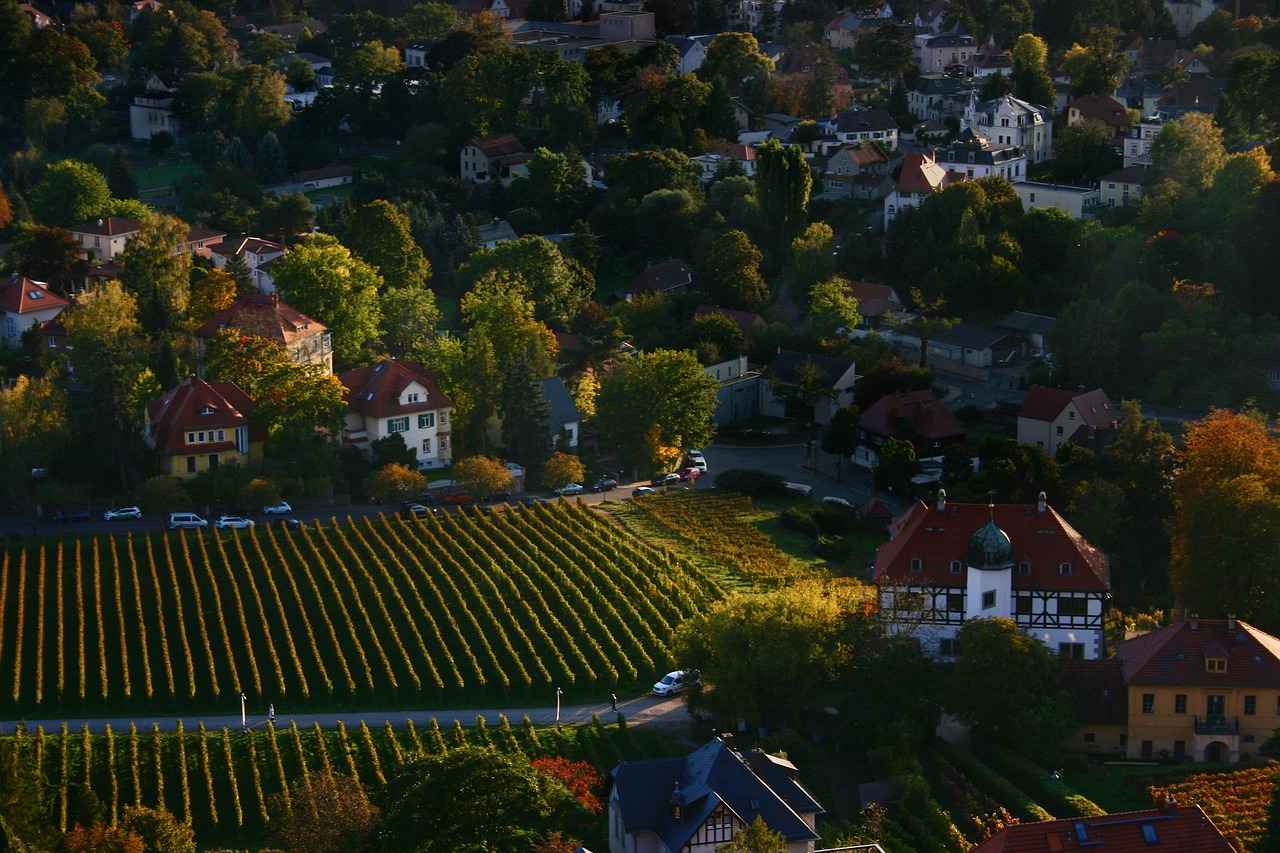
6. Tagore House
Tagore House, the ancestral home of the Tagore family, is a cultural landmark nestled in the heart of Kolkata. This historic residence not only serves as a museum but also as a tribute to the life and works of Rabindranath Tagore, India’s first Nobel laureate in Literature. The house is a testament to the rich artistic heritage of the Tagore family and their profound impact on Indian culture.
Originally built in the 18th century, Tagore House is a beautiful blend of traditional Bengali architecture and colonial influences. The sprawling estate includes lush gardens, intricate woodwork, and spacious rooms that echo with the legacy of creativity and intellect. Visitors can explore various sections of the house, each adorned with memorabilia that narrates the story of Tagore’s life, his literary achievements, and his contributions to music and art.
- Art and Literature Exhibits: The house features a collection of Tagore’s original manuscripts, letters, and personal belongings, providing insight into his creative process.
- Tagore’s Influence: The site highlights the influence of Tagore on contemporary Indian literature and arts, showcasing his role as a pioneer in the cultural renaissance of India.
- Workshops and Cultural Events: Tagore House frequently hosts workshops, poetry readings, and cultural events, making it a vibrant hub for literature enthusiasts.
For those interested in visiting, Tagore House is open to the public and offers guided tours that delve deeper into the history of the Tagore family and their contributions to society. The serene environment of the gardens provides a perfect backdrop for reflection and inspiration. Whether you are a literature lover or simply curious about Indian culture, Tagore House is a must-visit destination that encapsulates the spirit of one of India’s greatest literary figures.
In conclusion, a visit to Tagore House is not just a journey through history; it is an exploration of the soul of India, where art, literature, and culture converge in a magnificent display of heritage.
Art and Literature
hold a significant place in the cultural landscape of India, particularly through the legacy of Rabindranath Tagore. The Tagore House, located in Kolkata, serves as a vital repository of his literary contributions and artistic endeavors. This ancestral home is not just a museum but a vibrant hub for literature enthusiasts and scholars alike.
Within its walls, visitors can explore a rich collection of memorabilia and artifacts that chronicle Tagore’s profound impact on literature and the arts. From his celebrated poetry to his innovative plays, the house showcases the essence of Tagore’s creativity. The exhibition includes first editions of his works, personal letters, and photographs that provide insight into his life and thoughts.
The ambiance of the house itself is reflective of Tagore’s artistic spirit. Visitors can wander through the beautifully maintained gardens, which inspired many of his writings. The serene environment complements the literary treasures housed within, making it an ideal spot for contemplation and inspiration.
| Artifact | Description |
|---|---|
| First Editions | Original prints of Tagore’s renowned literary works. |
| Personal Letters | Correspondences that reveal his thoughts and relationships. |
| Photographs | Images capturing significant moments of Tagore’s life. |
Moreover, the Tagore House frequently hosts workshops, lectures, and cultural events that engage the community and promote literary appreciation. These programs attract a diverse audience, from students to seasoned scholars, fostering a love for literature that transcends generations.
In conclusion, the Tagore House stands as a testament to the enduring legacy of Rabindranath Tagore, making it a must-visit destination for anyone interested in art and literature. It offers a unique opportunity to immerse oneself in the world of one of India’s greatest literary figures.
Visiting the House
When visiting the Tagore House, guests are invited to step into a world that echoes the profound artistic legacy of the Tagore family. This ancestral home, which stands as a testament to their contributions to Indian culture, offers a unique glimpse into the life and works of Rabindranath Tagore, the first non-European Nobel laureate in Literature.
The house is not merely a structure; it is a cultural landmark that reflects the family’s rich heritage and their commitment to the arts. As visitors wander through the various rooms, they can admire the intricate architecture and the carefully preserved artifacts that tell stories of creativity and intellectual pursuit.
- Artistic Rooms: Each room is adorned with paintings, sculptures, and personal memorabilia that highlight the artistic spirit of the Tagore family.
- Beautiful Gardens: The gardens surrounding the house are meticulously maintained, providing a serene environment that complements the artistic ambiance of the interior.
- Literary Legacy: The house features a library filled with Tagore’s literary works, offering insights into his thoughts and philosophies.
In addition to the visual splendor, visitors can engage in various cultural activities hosted at the house, including poetry readings and art exhibitions. These events not only celebrate Tagore’s legacy but also encourage visitors to appreciate the arts in a communal setting.
To maximize your experience, consider joining a guided tour that delves deeper into the history of the house and its inhabitants. The knowledgeable guides provide context and anecdotes that enrich the visit, making it a memorable journey through the life of one of India’s most revered figures.
In conclusion, a visit to the Tagore House is not just an exploration of a historical site; it is an immersion into a legacy that continues to inspire generations. Whether you are an art enthusiast, a literature lover, or simply curious about Indian culture, this house promises an enlightening experience that resonates long after your visit.

7. Fort William
Fort William, a remarkable historical fortification located in Kolkata, India, has served as a significant landmark since its establishment in the late 17th century. This fortification holds a remarkable place in the annals of British colonial history and stands as a testament to the military architecture of its time.
Historical Significance
Originally built to protect the British East India Company’s interests, Fort William has witnessed numerous pivotal events during the colonial era. It was the site of the infamous Battle of Plassey in 1757, which marked the beginning of British dominance in India. The fort’s strategic location on the banks of the Hooghly River made it a vital defense point against potential invasions.
Architectural Features
The fort showcases a blend of European and Indian architectural styles, characterized by its massive walls and bastions. The formidable structure was constructed using brick and stone, designed to withstand attacks and protect its inhabitants. The fort’s design reflects the military engineering prowess of the era, with features that include:
- High ramparts for defense
- Moats for added protection
- Intricate gateways and barracks
Exploring the Fort
While access to certain areas of Fort William is restricted, guided tours are available for visitors eager to learn about its storied past. These tours provide insights into its architecture, the life of soldiers stationed there, and the fort’s role in various historical conflicts. Visitors can also enjoy the scenic views of the Hooghly River from the fort’s vantage points.
Visitor Information
For those planning to visit Fort William, it’s advisable to check for any entry requirements or restrictions. Guided tours are typically scheduled, so booking in advance is recommended to ensure a comprehensive experience.
In conclusion, Fort William is not just a relic of the past; it is a living piece of Kolkata’s history that offers valuable insights into the city’s colonial legacy. Its architectural grandeur and historical significance make it a must-visit for anyone interested in exploring the rich tapestry of Kolkata’s heritage.
Historical Significance
Kolkata, a city steeped in history, is home to numerous sites that tell the stories of its colonial past and cultural richness. One such site is Fort William, which holds immense historical significance due to its role during the British rule in India.
Fort William, constructed in the late 17th century, was a strategic military fortification for the British East India Company. Its location along the banks of the Hooghly River made it a crucial defensive stronghold against potential attacks. Throughout its existence, the fort witnessed several pivotal battles, including the infamous Battle of Plassey in 1757, which laid the foundation for British dominance in India.
Beyond its military importance, Fort William also served as a symbol of colonial power and governance. The fort was not only a military base but also housed administrative offices, making it a center for British operations in the region. The architecture of the fort, with its imposing walls and strategic layout, reflects the military engineering of the time, showcasing the British approach to fortification.
While access to Fort William is restricted due to its current military use, guided tours are available that allow visitors to explore its rich history. These tours offer insights into the fort’s architecture, the battles fought, and the lives of the soldiers stationed there. Visitors can marvel at the well-preserved structures and learn about the fort’s evolution over the centuries.
- Guided Tours: Available on specific days, providing a comprehensive overview of the fort’s history.
- Photography: The fort’s architecture offers excellent opportunities for photography enthusiasts.
- Historical Exhibits: Some displays may showcase artifacts and documents related to its military past.
In conclusion, Fort William is not just a relic of the past but a vital piece of Kolkata’s historical tapestry. Its significance during the British colonial era makes it a must-visit for history enthusiasts and anyone interested in understanding the complexities of India’s colonial legacy.
Exploring the Fort
Fort William, located in the heart of Kolkata, is a historical fortification that has played a significant role throughout the city’s colonial past. This impressive structure stands as a testament to Kolkata’s military history and its architectural grandeur. Although access to certain areas of the fort is restricted, visitors can take advantage of guided tours that offer an enriching experience, providing deep insights into its history and architecture.
The fort was constructed between 1696 and 1706 and has witnessed numerous pivotal events that shaped the region. It served as a defensive stronghold during various conflicts, including the infamous Battle of Plassey in 1757, which marked the beginning of British dominance in India. Today, remnants of its storied past can be seen in the fort’s robust walls and strategic layout.
Guided Tours: An Insightful Experience
Visitors are encouraged to participate in guided tours, which are designed to provide a comprehensive overview of the fort’s historical significance. These tours typically cover:
- The architectural features of the fort, including its bastions and gates.
- Key historical events associated with Fort William.
- Personal anecdotes and stories from the fort’s past.
During the tours, knowledgeable guides share fascinating stories, allowing visitors to connect with the fort’s rich history on a personal level. The experience is further enhanced by the opportunity to explore the surrounding areas, which are filled with lush greenery and scenic views of the Hooghly River.
Conclusion
In conclusion, exploring Fort William offers a unique glimpse into Kolkata’s colonial history. The combination of guided tours and the fort’s historical significance makes it a must-visit destination for anyone interested in understanding the city’s past. Whether you’re a history buff or simply looking for an engaging experience, Fort William is sure to leave a lasting impression.
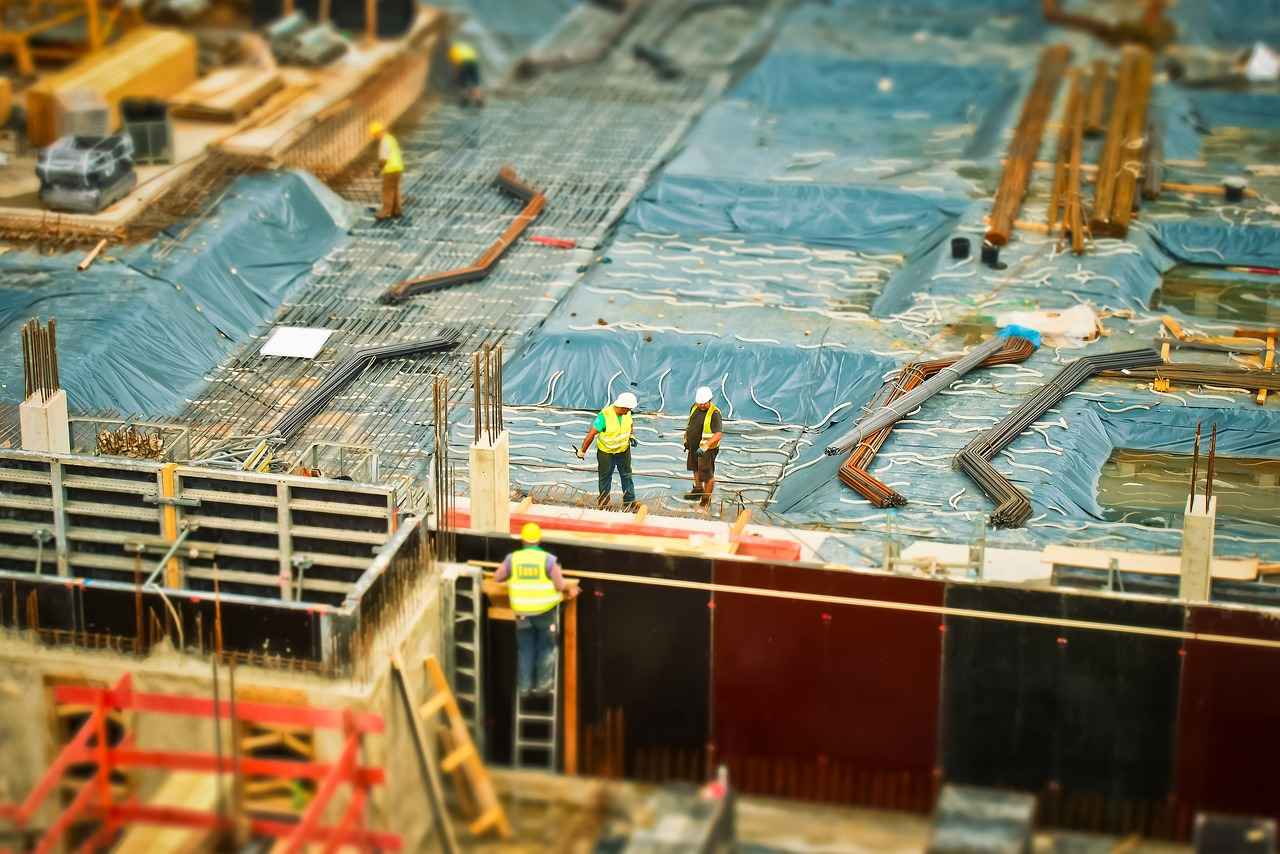
8. Nakhoda Mosque
The Nakhoda Mosque stands as a magnificent testament to Kolkata’s rich cultural and religious heritage. As one of the largest mosques in the city, it attracts not only the local Muslim community but also visitors from around the world, eager to admire its stunning architecture and vibrant atmosphere.
The mosque showcases a beautiful blend of Indo-Saracenic architectural styles, characterized by its grand domes, soaring minarets, and intricate carvings. The main dome, adorned with exquisite detailing, is a prominent feature that draws the eye and enhances the mosque’s majestic presence. The mosque’s courtyard, spacious and serene, provides a peaceful retreat from the bustling city life.
Beyond its architectural beauty, the Nakhoda Mosque serves as a vital religious site for the Muslim community in Kolkata. It is a place of worship where daily prayers and special religious events take place, fostering a sense of community and spiritual connection among its attendees. The mosque also plays a role in interfaith dialogues, welcoming visitors of all backgrounds to learn about Islamic traditions and practices.
For those wishing to explore this stunning mosque, it is important to note the visiting hours. Visitors are encouraged to come outside of prayer times to fully appreciate the architecture and ambiance while respecting the religious practices of the community. Dress modestly and maintain a respectful demeanor while inside the mosque.
The Nakhoda Mosque is not just a religious site; it is a symbol of Kolkata’s diverse cultural tapestry. Its breathtaking architecture and vibrant community life make it a must-visit destination for anyone exploring the historical and cultural richness of the city.
Architectural Features
Kolkata, a city steeped in history and culture, is home to the magnificent Nakhoda Mosque, an architectural gem that captivates visitors with its stunning Indo-Saracenic design. This mosque, one of the largest in the region, stands as a testament to the rich cultural tapestry of Kolkata and the intricate artistry that characterizes its religious structures.
The architectural brilliance of the Nakhoda Mosque is evident in its intricate domes and soaring minarets, which rise majestically against the skyline. The mosque is adorned with elaborate carvings and vibrant tile work, showcasing the skilled craftsmanship of the artisans who built it. The design reflects a harmonious blend of Islamic and Indian architectural styles, creating a unique aesthetic that appeals to architecture enthusiasts and casual visitors alike.
- Domes: The mosque features several large domes, each intricately decorated and symbolizing the celestial realm.
- Minarets: Towering minarets flank the mosque, providing a visual focal point and enhancing its grandeur.
- Interior Design: Inside, the mosque boasts ornate chandeliers and a serene prayer hall that invites reflection and peace.
Visitors to the mosque can appreciate not only its visual splendor but also its role as a vibrant center of community life. The mosque is a hub for religious activities and cultural events, drawing in people from diverse backgrounds. Exploring the Nakhoda Mosque offers a chance to witness the spiritual energy that permeates this sacred space.
For those interested in visiting, the mosque is open to the public outside of prayer times. It’s advisable to dress modestly and observe the local customs to ensure a respectful experience. Whether you’re an architecture lover or simply seeking to explore Kolkata’s rich heritage, the Nakhoda Mosque is a must-visit destination that beautifully encapsulates the city’s diverse cultural landscape.
Visiting Hours
are an essential aspect to consider when planning your visit to the Nakhoda Mosque in Kolkata. This magnificent mosque, known for its stunning architecture and vibrant atmosphere, serves as a key religious site for the Muslim community.
The mosque is open to visitors outside of prayer times, allowing guests to explore its beautiful interiors and appreciate its architectural significance. However, it is crucial to maintain respect for the religious practices of the community while visiting. Here are some important details regarding the visiting hours:
| Day | Visiting Hours |
|---|---|
| Monday to Friday | 10:00 AM – 6:00 PM |
| Saturday | 10:00 AM – 5:00 PM |
| Sunday | Closed |
When planning your visit, it is advisable to arrive early in the day to enjoy a quieter atmosphere. This timing allows you to fully appreciate the mosque’s intricate Indo-Saracenic architecture, which features stunning domes and minarets. Visitors are encouraged to dress modestly, as a sign of respect for the sacred environment.
In addition to its architectural beauty, the Nakhoda Mosque plays a vital role in the local community. Engaging with the mosque’s surroundings can provide insights into the cultural and spiritual life of Kolkata’s Muslim population. As you walk around, take note of the bustling markets and local eateries nearby, which offer a glimpse into the vibrant daily life of the city.
In conclusion, visiting the Nakhoda Mosque outside of prayer times provides a unique opportunity to explore one of Kolkata’s most important religious sites. By respecting the customs and traditions of the community, you can enrich your experience and gain a deeper understanding of the city’s cultural tapestry.
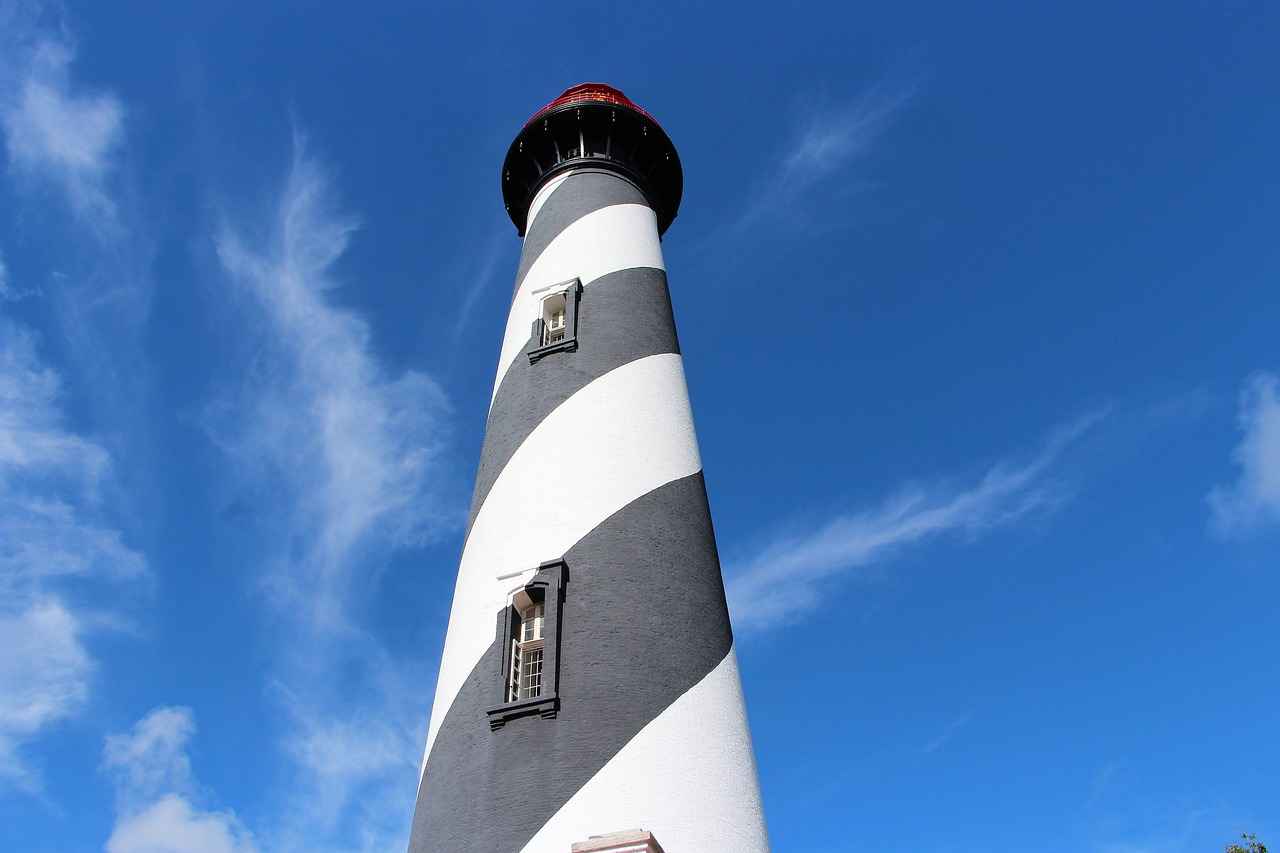
9. St. Paul’s Cathedral
St. Paul’s Cathedral stands as a magnificent example of Gothic architecture in Kolkata, showcasing the city’s rich colonial history. Constructed in 1847, it is one of the oldest cathedrals in India and serves as a significant landmark, attracting both tourists and locals alike.
The cathedral’s architecture is characterized by its stunning stained glass windows, intricate woodwork, and a towering spire that reaches towards the sky. Visitors are often captivated by the serene ambiance that envelops the cathedral, making it a perfect spot for contemplation and reflection amidst the bustling city life.
Architectural Highlights
- Stained Glass Windows: The cathedral features beautiful stained glass windows that depict various biblical scenes, enhancing its spiritual atmosphere.
- Bell Tower: The impressive bell tower, standing at 67 meters, is a prominent feature of the cathedral’s skyline.
- Landscaped Gardens: Surrounding the cathedral are well-maintained gardens, providing a peaceful retreat for visitors.
Spiritual Experience
St. Paul’s Cathedral is not just an architectural marvel; it also serves as a place of worship. Regular services are held, and visitors are welcome to attend, providing a unique opportunity to experience the spiritual essence of this historic site. The cathedral’s tranquil environment allows for a moment of peace and reflection, making it a cherished spot for many.
Visiting Tips
- Plan your visit during weekdays to avoid large crowds.
- Check the service schedule if you wish to attend a mass.
- Take your time to explore the gardens and enjoy the surrounding scenery.
In conclusion, St. Paul’s Cathedral is an essential stop for anyone exploring Kolkata. Its historical significance, architectural beauty, and spiritual ambiance make it a landmark that resonates with visitors from all walks of life.
Architectural Highlights
Kolkata is a city that beautifully blends history, culture, and architecture, making it a treasure trove for enthusiasts. Among its many architectural wonders, St. Paul’s Cathedral stands out with its remarkable Gothic design and rich history. This iconic structure not only serves as a place of worship but also as a significant landmark that attracts both locals and tourists.
The cathedral features stunning stained glass windows that depict various biblical scenes, illuminating the interior with vibrant colors. These intricate artworks are not only a visual delight but also a testament to the craftsmanship of the artisans who created them. The use of natural light enhances the serene atmosphere, making it a perfect spot for reflection and peace.
Another striking element is the bell tower, which rises majestically above the cathedral. Standing at an impressive height, it serves as a beacon of faith and is a notable feature of Kolkata’s skyline. The tower’s architectural design echoes the Gothic style, characterized by its pointed arches and detailed stonework, which captivates architecture enthusiasts from around the world.
Visitors to St. Paul’s Cathedral can also appreciate its spacious grounds, which are adorned with lush gardens and pathways. These outdoor spaces provide a tranquil escape from the bustling city life, allowing visitors to take leisurely strolls while soaking in the beauty of the surroundings. The cathedral’s design promotes not only spiritual reflection but also a sense of community, as it hosts various events and gatherings throughout the year.
In conclusion, St. Paul’s Cathedral is more than just a religious site; it is a celebration of architecture and history that continues to inspire awe in all who visit. Its stunning stained glass windows and beautiful bell tower are just a few of the features that make it a must-visit destination in Kolkata.
Spiritual Experience
Kolkata, a city known for its rich culture and heritage, offers visitors a unique opportunity to explore its spiritual sites. Among these, St. Paul’s Cathedral stands out not only for its architectural beauty but also for the serene atmosphere it provides. Visitors can attend services or simply enjoy the serene environment, making it a peaceful retreat in the bustling city.
The cathedral, with its stunning Gothic architecture, invites individuals from all walks of life to experience a moment of tranquility. The intricate stained glass windows and the majestic bell tower create a breathtaking backdrop for reflection and meditation. Many find solace in the cathedral’s quiet corners, where they can escape the city’s noise and chaos.
Additionally, the cathedral often hosts various events and services that cater to both the local community and tourists. These services not only provide spiritual nourishment but also foster a sense of belonging among attendees. The atmosphere during these gatherings is uplifting, filled with a sense of peace and community.
For those seeking a deeper connection, the cathedral offers guided tours that delve into its history and significance. Visitors learn about its construction in the 19th century and the role it has played in Kolkata’s religious landscape. This educational aspect enhances the overall experience, allowing visitors to appreciate the cathedral not just as a place of worship, but as a vital part of Kolkata’s cultural fabric.
In conclusion, St. Paul’s Cathedral is more than just a historical site; it is a sanctuary where visitors can find peace, engage in spiritual practices, and connect with the rich heritage of Kolkata. Whether attending a service or enjoying the tranquil environment, it promises a fulfilling experience for all.
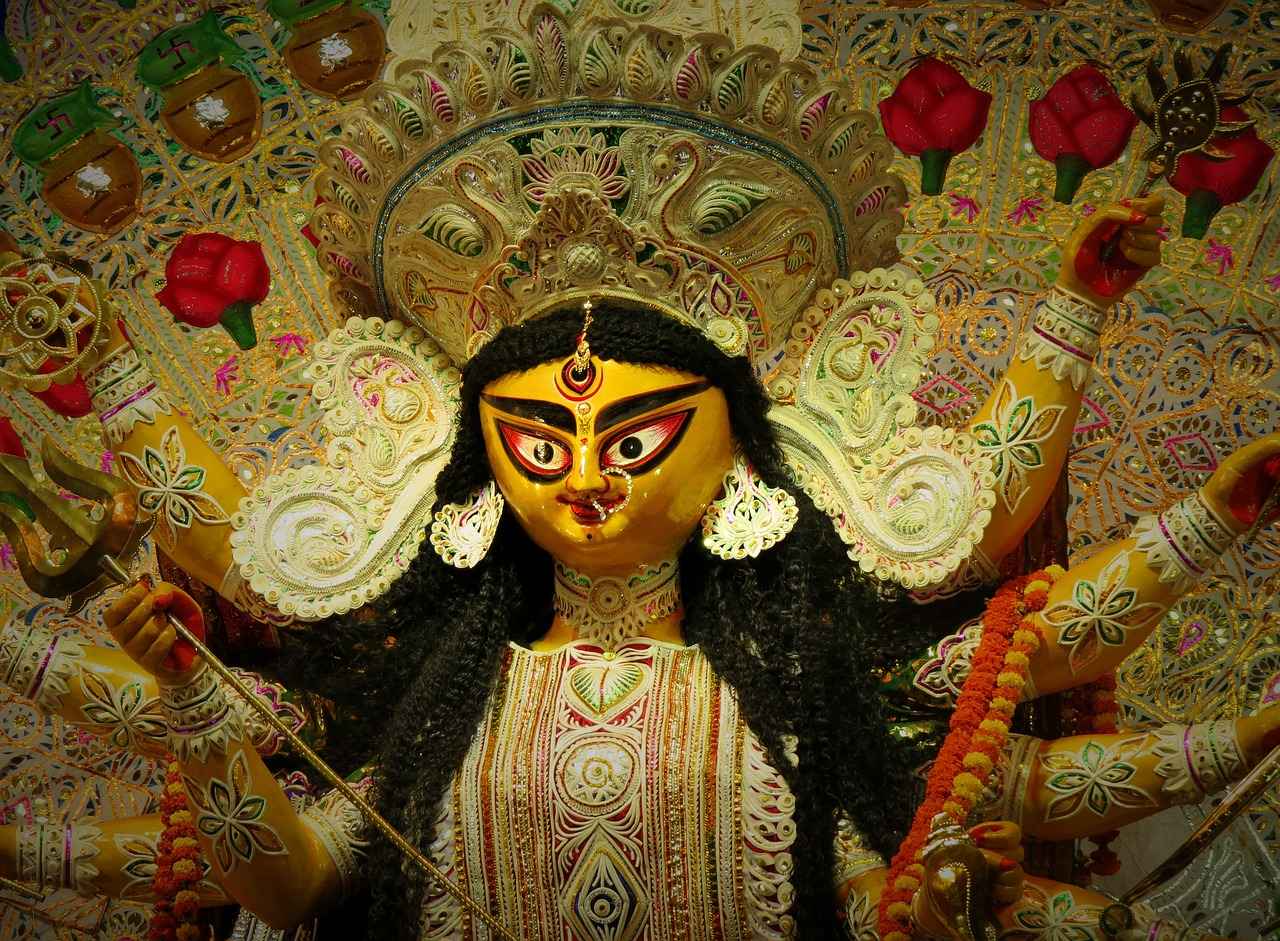
10. The Writer’s Building
The Writer’s Building stands as a prominent symbol of Kolkata’s colonial heritage, once serving as the office of the British secretariat. This historic structure, with its stunning colonial architecture, offers a glimpse into the administrative history of the city. Constructed in the late 18th century, the building has undergone various renovations, yet it retains its original charm and significance.
The Writer’s Building is characterized by its neoclassical design, featuring a series of arched windows and a distinctive façade that reflects the grandeur of British colonial architecture. The building’s red and cream color scheme adds to its visual appeal, making it a favorite spot for photographers and tourists alike.
Over the years, the Writer’s Building has been a witness to numerous historical events, including significant political changes in the region. It played a crucial role during the British Raj and has seen the evolution of governance in West Bengal. The building’s corridors have echoed with the discussions and decisions that shaped the future of Kolkata.
Today, the Writer’s Building houses various government offices, including the office of the Chief Minister of West Bengal. While access to the interior may be restricted, visitors can still admire its majestic exterior and capture its beauty from the surrounding areas.
- Location: B.B.D. Bagh, Kolkata
- Best Time to Visit: Early morning or late afternoon for optimal lighting
- Photography: Allowed from outside; respect the privacy of government functions
In conclusion, the Writer’s Building is not just an architectural marvel but also a testament to Kolkata’s rich history. Its blend of beauty and significance makes it a must-visit for anyone exploring the historical landscape of the city.
Historical Context
Kolkata, a city steeped in history, has long been a focal point of political change and governance in India. Among its many historical sites, the Writer’s Building stands out as a crucial venue for understanding the city’s colonial past and its evolution over time. This iconic structure has not only served as the administrative hub during British rule but has also witnessed the unfolding of significant political events that have shaped the region.
The Writer’s Building was originally constructed in the late 18th century and functioned as the office for the British secretariat. Its architectural style reflects the colonial aesthetics of the time, characterized by grand facades and intricate detailing. Over the years, it has been at the center of pivotal moments in Kolkata’s history, including the struggle for independence and subsequent changes in governance.
- Key Historical Events: The building has been the backdrop for numerous protests, debates, and policy decisions that have influenced the socio-political landscape of West Bengal.
- Colonial Legacy: As a symbol of British authority, it encapsulates the complexities of colonial governance and its impact on local populations.
- Modern Usage: Today, the Writer’s Building houses various government offices, continuing its legacy as a center of political activity.
Understanding the Writer’s Building’s role provides valuable insights into Kolkata’s colonial history. It serves as a reminder of the struggles and triumphs that have defined the region’s governance. For those interested in the intricate tapestry of Kolkata’s past, a visit to this historic site is essential.
In conclusion, the Writer’s Building is more than just an architectural marvel; it is a testament to the city’s enduring spirit and resilience. By exploring this site, visitors can gain a deeper appreciation for Kolkata’s rich political heritage and its ongoing journey towards progress.
Current Usage
The Writer’s Building stands as a remarkable symbol of Kolkata’s colonial history and architectural grandeur. Originally constructed in the early 18th century, it was designed to serve as the office for the British secretariat. With its stunning red-brick facade and intricate detailing, this building is a fine example of colonial architecture that has withstood the test of time.
Today, the Writer’s Building houses various government offices, playing a crucial role in the administrative framework of West Bengal. Although public access is limited due to its current function, the building’s exterior attracts numerous visitors and photographers. Its historical significance and architectural beauty make it a popular spot for capturing memorable photographs.
Visitors often marvel at the grand entrance and the beautifully landscaped surroundings, which provide a picturesque backdrop for photography. Many locals and tourists alike find joy in posing in front of this iconic structure, making it a must-visit location for anyone exploring Kolkata.
Additionally, the Writer’s Building is located near several other historical sites, making it convenient for tourists to include it in their itinerary. A stroll around the area allows visitors to appreciate not only the building itself but also the vibrant life that surrounds it, including street vendors and local markets.
As Kolkata continues to evolve, the Writer’s Building remains a testament to the city’s rich history and cultural heritage. Its significance extends beyond its architectural beauty, serving as a reminder of the city’s colonial past and its journey through time.
In conclusion, while access to the interior may be restricted, the Writer’s Building’s exterior and its historical context ensure it remains a prominent part of Kolkata’s landscape, inviting all to explore its legacy.
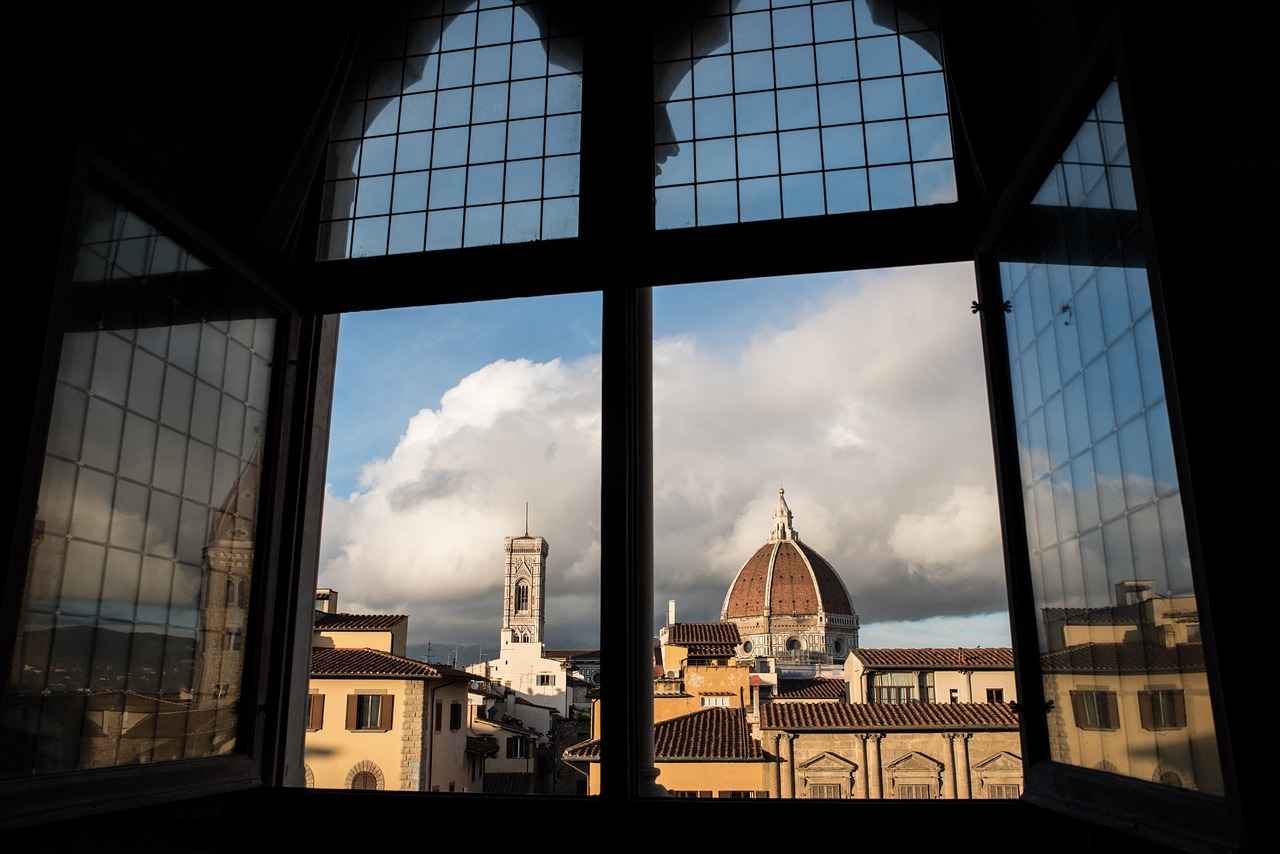
11. Raj Bhavan
Raj Bhavan, the official residence of the Governor of West Bengal, stands as an architectural marvel that reflects the grandeur of colonial architecture. Nestled in the heart of Kolkata, this historic building is not just a residence but a symbol of the city’s rich history and political significance.
Originally constructed in the late 18th century, Raj Bhavan was designed to serve as the residence for British governors. Over the years, it has witnessed pivotal moments in Indian history, particularly during the struggle for independence. The building has hosted numerous dignitaries and events, making it a key player in the political landscape of West Bengal.
Raj Bhavan showcases a blend of European and Indian architectural styles. The structure features grand columns, intricate cornices, and sprawling gardens that enhance its majestic appearance. The interior is equally impressive, adorned with antique furniture, exquisite paintings, and rich tapestries that narrate tales of its storied past.
For those interested in exploring this magnificent structure, guided tours are available. These tours provide visitors with insights into the history and significance of Raj Bhavan, allowing them to appreciate its architectural beauty and historical context. It is advisable to check the official website for timings and booking details.
- Location: 5, Gorky Terrace, Kolkata, West Bengal
- Opening Hours: Typically open on weekdays; advance booking is recommended.
- Entry Fee: Free for guided tours, but prior registration is required.
In conclusion, Raj Bhavan is not only a residence but a testament to Kolkata’s colonial past. Its stunning architecture and rich history make it a must-visit for anyone interested in the cultural heritage of West Bengal.
Historical Significance
Raj Bhavan, the official residence of the Governor of West Bengal, stands as a remarkable testament to the city’s colonial past and its evolving political landscape. Originally constructed in the 18th century, this grand structure was designed to serve as the residence for British governors, symbolizing the power and authority of the British Empire in India.
Over the years, Raj Bhavan has witnessed significant historical events and transitions that have shaped the political history of West Bengal. It played a pivotal role during the independence movement, serving as a venue for crucial discussions and decisions that influenced the course of the region’s history. The architecture of Raj Bhavan, with its elegant neoclassical style, reflects the grandeur of the colonial era while also embodying the rich cultural heritage of India.
The sprawling gardens and meticulously maintained grounds surrounding Raj Bhavan provide a serene escape from the bustling city, making it a popular spot for both tourists and locals. Guided tours are available, allowing visitors to explore its magnificent halls and learn about its historical significance. During these tours, guests can gain insights into the governance of West Bengal and the role Raj Bhavan has played in shaping the state’s political narrative.
In addition to its political importance, Raj Bhavan also serves as a venue for various cultural events and functions, bridging the gap between the historical and contemporary aspects of West Bengal’s governance. The building stands not only as a residence but also as a symbol of the state’s resilience and adaptability in the face of changing times.
In conclusion, Raj Bhavan is more than just an architectural marvel; it is a living piece of history that continues to influence the political and cultural landscape of West Bengal. A visit to this iconic site is essential for anyone interested in understanding the complexities of the region’s past and present.
Guided Tours
of historical sites provide an enriching experience, allowing visitors to delve into the fascinating narratives that shaped the present. One such notable location is Raj Bhavan, the official residence of the Governor of West Bengal. This architectural marvel stands as a testament to the grandeur of colonial architecture, inviting guests to explore its magnificent premises.
During these , participants are not just passive observers; they are immersed in a wealth of history and culture. Knowledgeable guides share intriguing stories about the building’s past, including its significance in the context of modern governance. Visitors can learn how Raj Bhavan has evolved from a colonial residence to a symbol of contemporary political life in West Bengal.
The tours typically cover various sections of the estate, including the lush gardens and opulent interiors, each with its own story. Guests are encouraged to ask questions, making the experience interactive and informative. The guides often highlight key events that occurred within these walls, providing a deeper understanding of the political landscape of the region.
Moreover, the tours are designed to cater to a variety of interests. Whether you’re a history buff, an architecture enthusiast, or simply curious about the workings of the government, there is something for everyone. This inclusive approach ensures that all visitors leave with a greater appreciation for the site’s significance.
For those planning to visit, it is advisable to check the schedule for guided tours in advance. This ensures a spot on what is often a popular attraction, especially during peak tourist seasons. By participating in these tours, visitors gain a unique perspective on Kolkata’s rich history and the pivotal role that Raj Bhavan continues to play in the state’s governance.
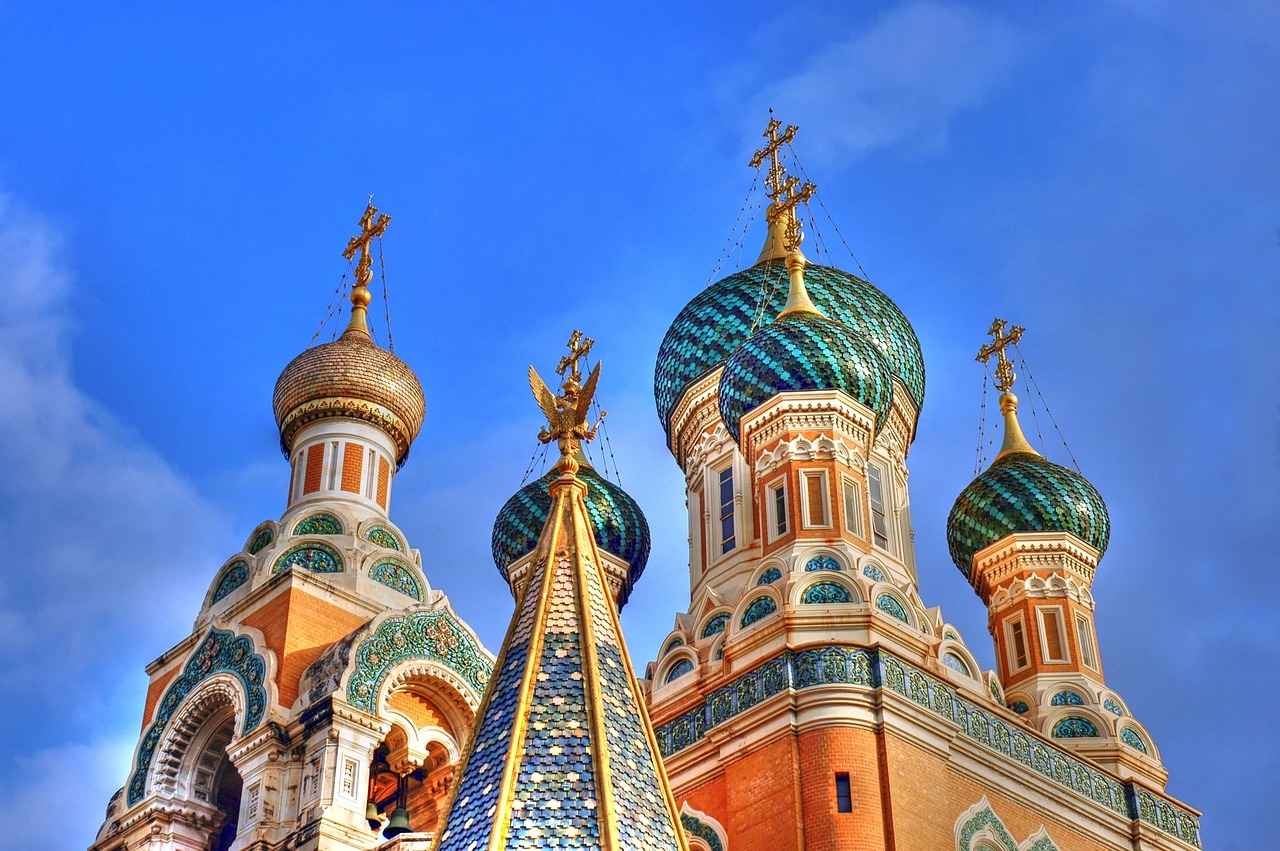
12. Kalighat Temple
The Kalighat Temple is one of the most revered religious sites in India, recognized as one of the 51 Shakti Peethas. This sacred temple, dedicated to Goddess Kali, holds a significant place in the hearts of millions of devotees and is a major pilgrimage destination for tourists seeking spiritual solace and cultural enrichment.
Located in the bustling city of Kolkata, the temple is not only a spiritual haven but also a remarkable example of traditional Indian architecture. Its intricate design and vibrant atmosphere make it a must-visit site for anyone exploring the rich cultural tapestry of West Bengal.
The Kalighat Temple has a profound historical background that dates back to the 18th century. Legend has it that the temple marks the spot where the toes of Sati, the consort of Lord Shiva, fell when Lord Shiva was carrying her corpse. This connection to mythology adds to the temple’s spiritual allure.
The temple showcases a blend of traditional and modern architectural styles. The main sanctum houses a striking idol of Goddess Kali, depicted in a fierce form, adorned with a necklace of skulls, symbolizing the cycle of life and death. The temple’s vibrant murals and sculptures depict various aspects of Hindu mythology, inviting visitors to reflect on their spiritual journey.
For those planning to visit, it is advisable to go during weekdays to avoid the overwhelming crowds. The temple is open from early morning until late evening, allowing visitors ample time to immerse themselves in its spiritual ambiance. Additionally, local vendors around the temple offer a variety of prasad (offerings), enhancing the overall experience.
The Kalighat Temple is not just a religious site; it is a cultural hub that hosts numerous festivals throughout the year. The most notable is the Kali Puja, which attracts thousands of devotees who come to celebrate and seek blessings from the goddess.
In conclusion, the Kalighat Temple stands not only as a significant religious site but also as a testament to Kolkata’s rich cultural heritage. Its historical significance, architectural beauty, and vibrant local culture make it a must-visit destination for anyone exploring the spiritual landscape of India.
Religious Importance
The Kalighat Temple is one of the most revered religious sites in India, particularly for those who follow the Hindu faith. This temple, dedicated to Goddess Kali, is not only a place of worship but also a significant cultural landmark that attracts a multitude of visitors each year.
Its spiritual importance stems from its status as one of the 51 Shakti Peethas, where it is believed that the remains of the goddess Sati fell. Devotees from all over the country come to this temple to seek blessings and pay their respects, contributing to a vibrant atmosphere filled with devotion and reverence.
Every year, the temple sees thousands of pilgrims who participate in various rituals and offerings. The peak visiting times coincide with major Hindu festivals, particularly during the Navaratri celebrations, when the temple is beautifully adorned and teeming with activities.
The architecture of the Kalighat Temple is equally captivating. Its unique design features intricate carvings and a striking idol of the goddess, which draws the attention of both devotees and tourists. The temple complex also includes several smaller shrines and a serene courtyard, providing a peaceful retreat from the bustling city.
- Visiting Tips: To fully appreciate the spiritual ambiance, it is advisable to visit during weekdays, as weekends tend to attract larger crowds.
- Dress Code: Visitors are expected to dress modestly as a sign of respect when entering the temple premises.
- Photography: While capturing the beauty of the temple is tempting, it is important to respect the sanctity of the site by refraining from taking pictures in restricted areas.
In conclusion, the Kalighat Temple is not just a place of worship but also a cultural hub that embodies the rich traditions and beliefs of Hinduism. Its religious significance and architectural beauty make it a must-visit destination for anyone exploring Kolkata.
Visiting Tips
When planning your visit to the Kalighat Temple, it’s essential to consider the timing to make the most of your experience. One of the best strategies is to plan your visit during weekdays. This approach allows you to avoid the large crowds that typically gather during weekends and festivals, which can detract from the temple’s serene atmosphere.
By choosing a weekday, you can immerse yourself in the temple’s spiritual ambiance more fully. The quieter environment enables you to engage in personal reflection, prayer, and exploration without the distractions that come with a bustling crowd.
Additionally, visiting on weekdays often provides more opportunities to interact with the temple’s priests and staff, who can offer insights into the temple’s history and significance. You may also find that the surrounding gardens and areas for meditation are more accessible, allowing for a more enriching experience.
Another tip is to arrive early in the morning when the temple opens. This timing not only ensures a peaceful visit but also allows you to witness the morning rituals, which can be a profoundly moving experience. The soft light of dawn combined with the sounds of morning prayers creates a unique atmosphere that enhances your spiritual journey.
Lastly, consider dressing modestly and respectfully, as the temple is a sacred space. Comfortable footwear is also advisable, as you may wish to explore the temple grounds extensively.
In summary, visiting the Kalighat Temple on a weekday, especially in the morning, can significantly enhance your experience, allowing you to connect spiritually and appreciate the temple’s beauty without the distractions of large crowds.
Frequently Asked Questions
- What is the best time to visit Kolkata’s historical sites?
The ideal time to explore Kolkata is during the winter months, from November to February, when the weather is pleasant and perfect for sightseeing.
- Are there entry fees for the historical sites?
Yes, many historical sites in Kolkata have entry fees. It’s best to check the individual site’s official website for the most current information on fees and timings.
- Can I take photographs at these sites?
Most historical sites allow photography, but some may have restrictions, especially during religious ceremonies or in certain areas. Always check for signs or ask staff for guidance.
- Is it safe to visit these sites alone?
Generally, Kolkata is safe for tourists, but it’s always wise to stay aware of your surroundings and avoid isolated areas, especially after dark.
- How can I get around to these historical sites?
Kolkata offers various transportation options including taxis, public buses, and the metro. Ride-sharing apps are also popular and convenient for tourists.
- Are guided tours available for these historical sites?
Yes, many sites offer guided tours that provide insightful information about the history and significance of each location. It’s a great way to enhance your experience!
